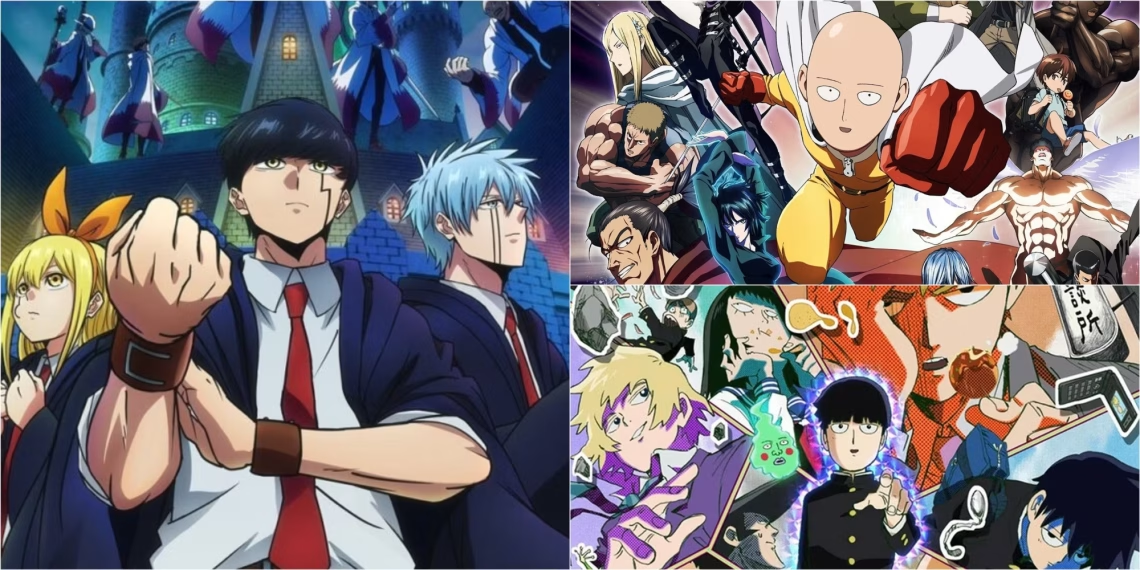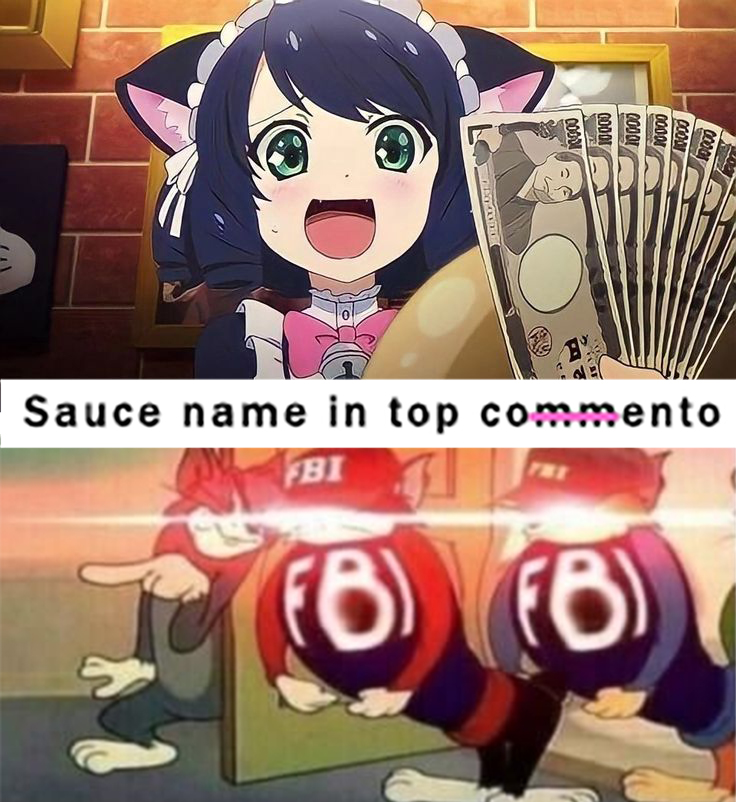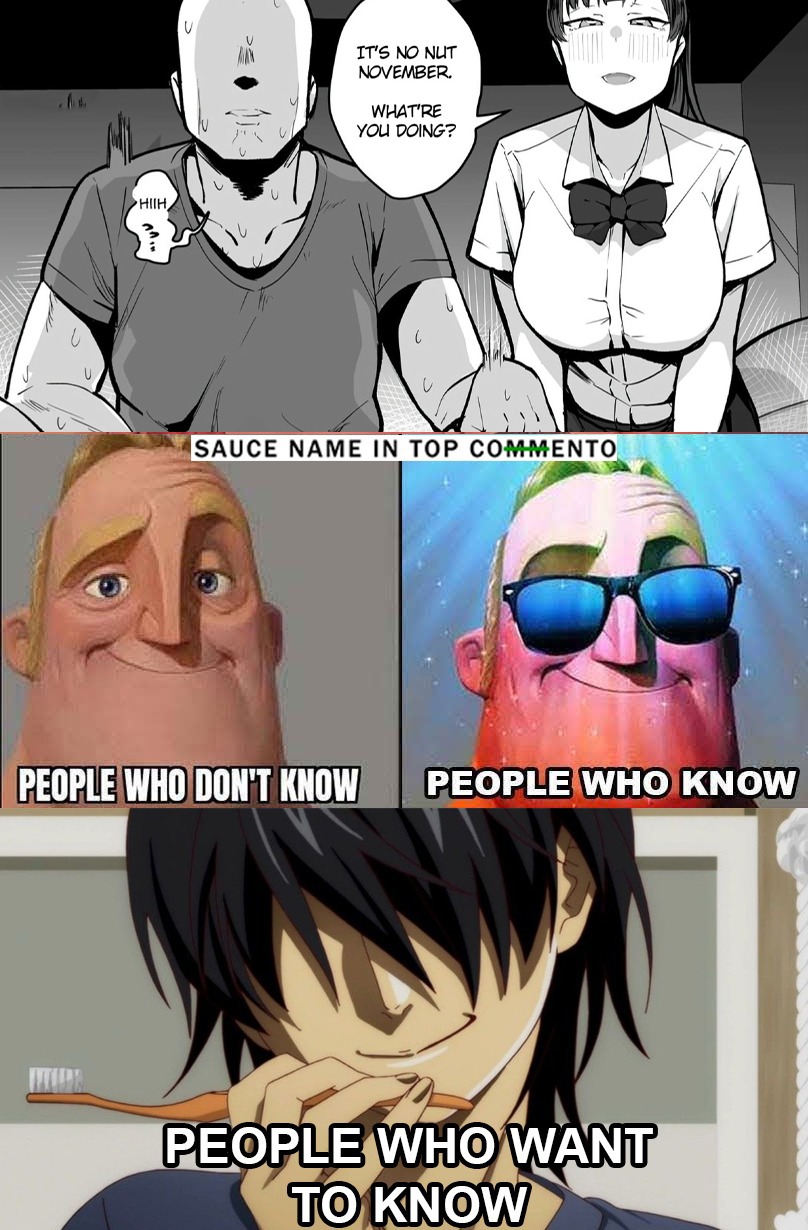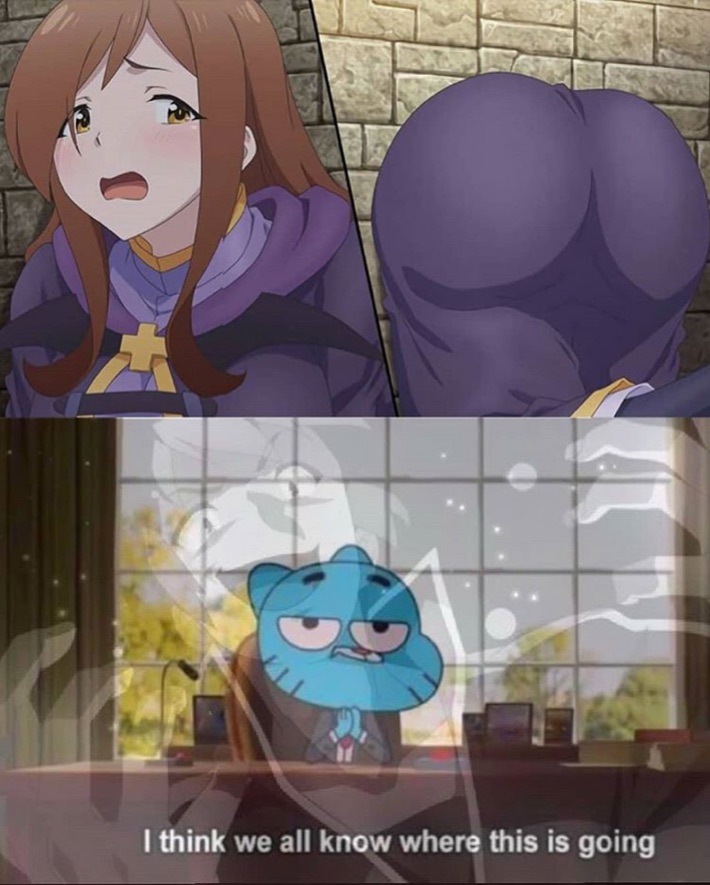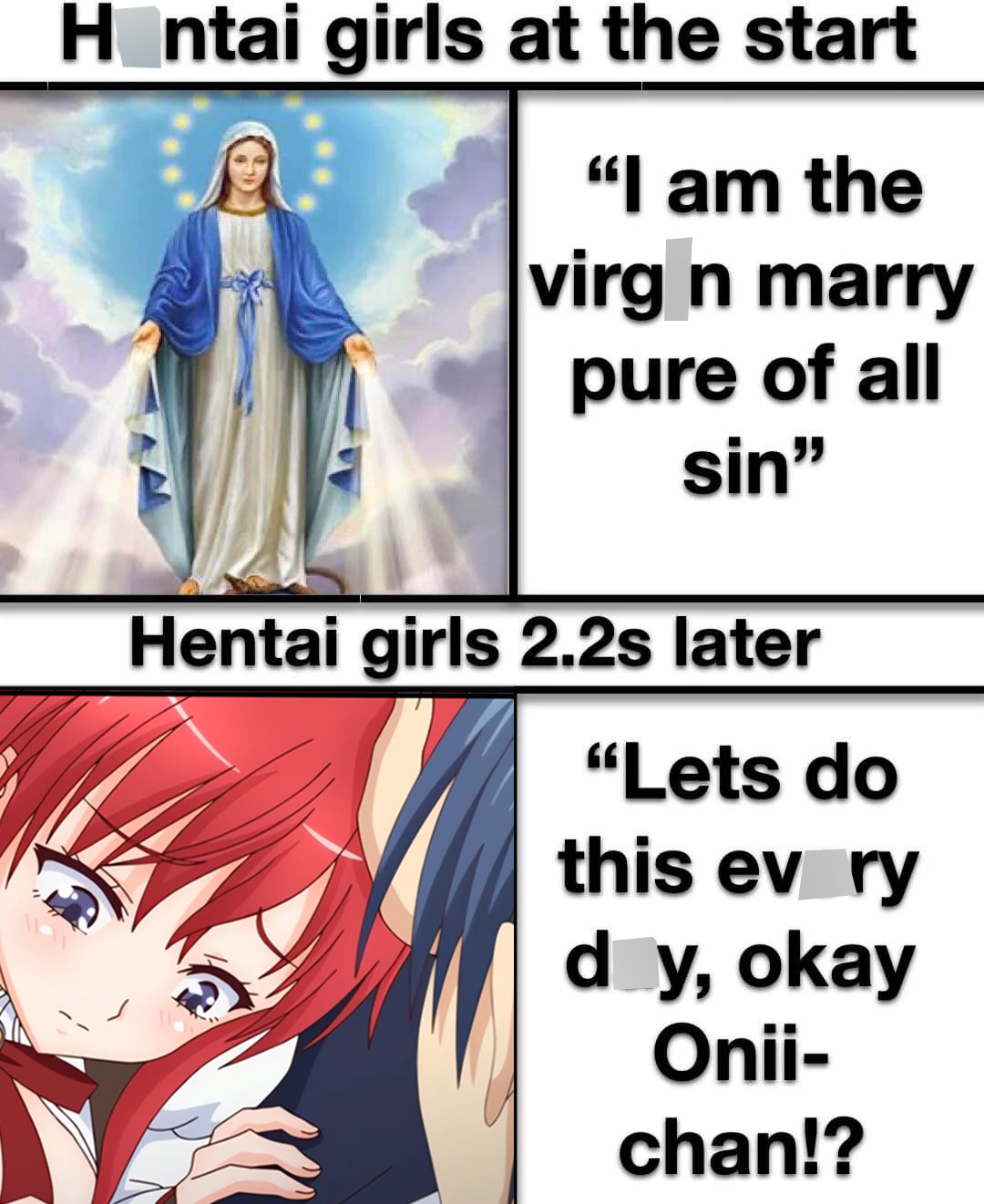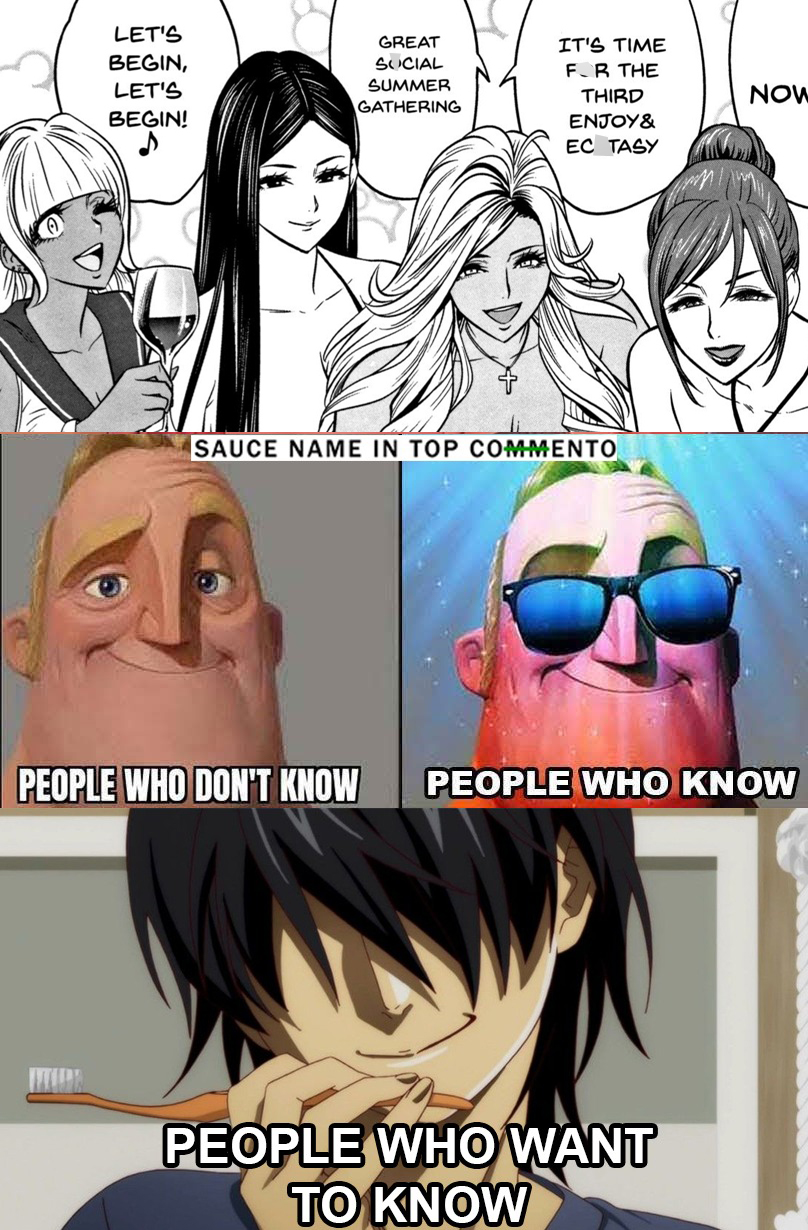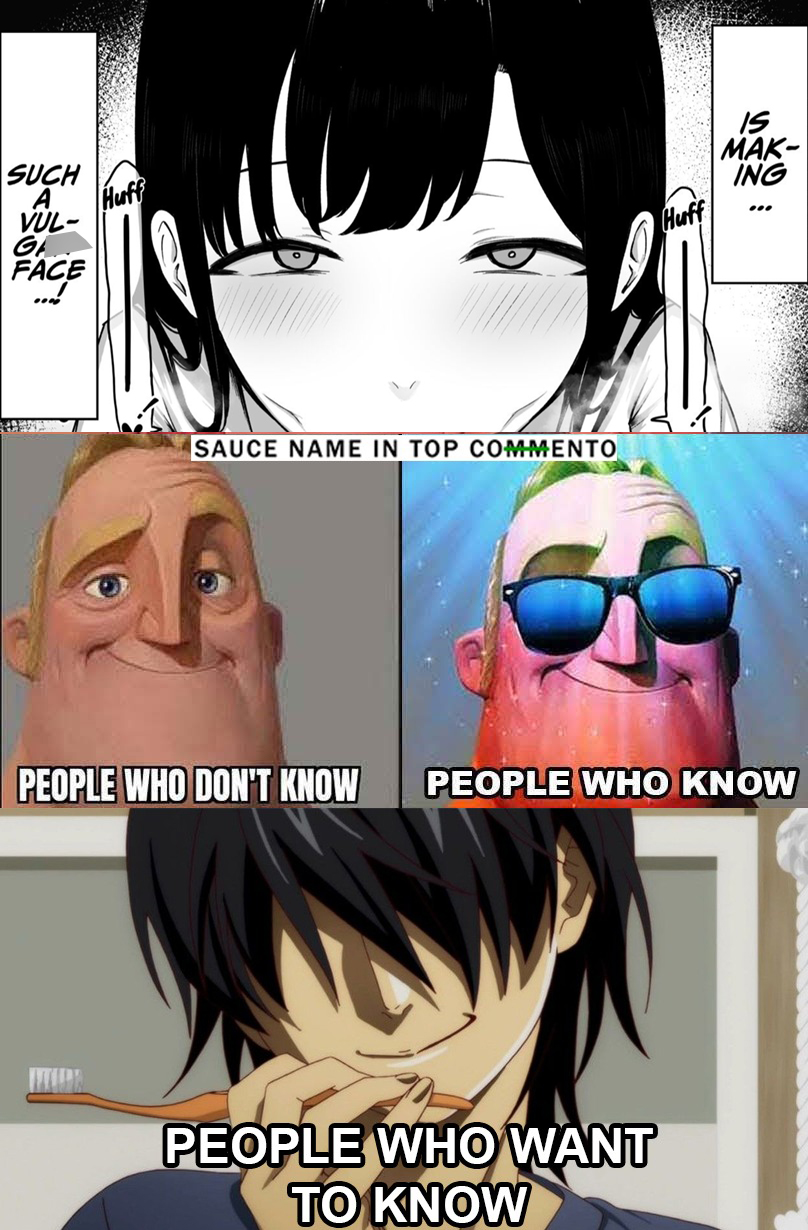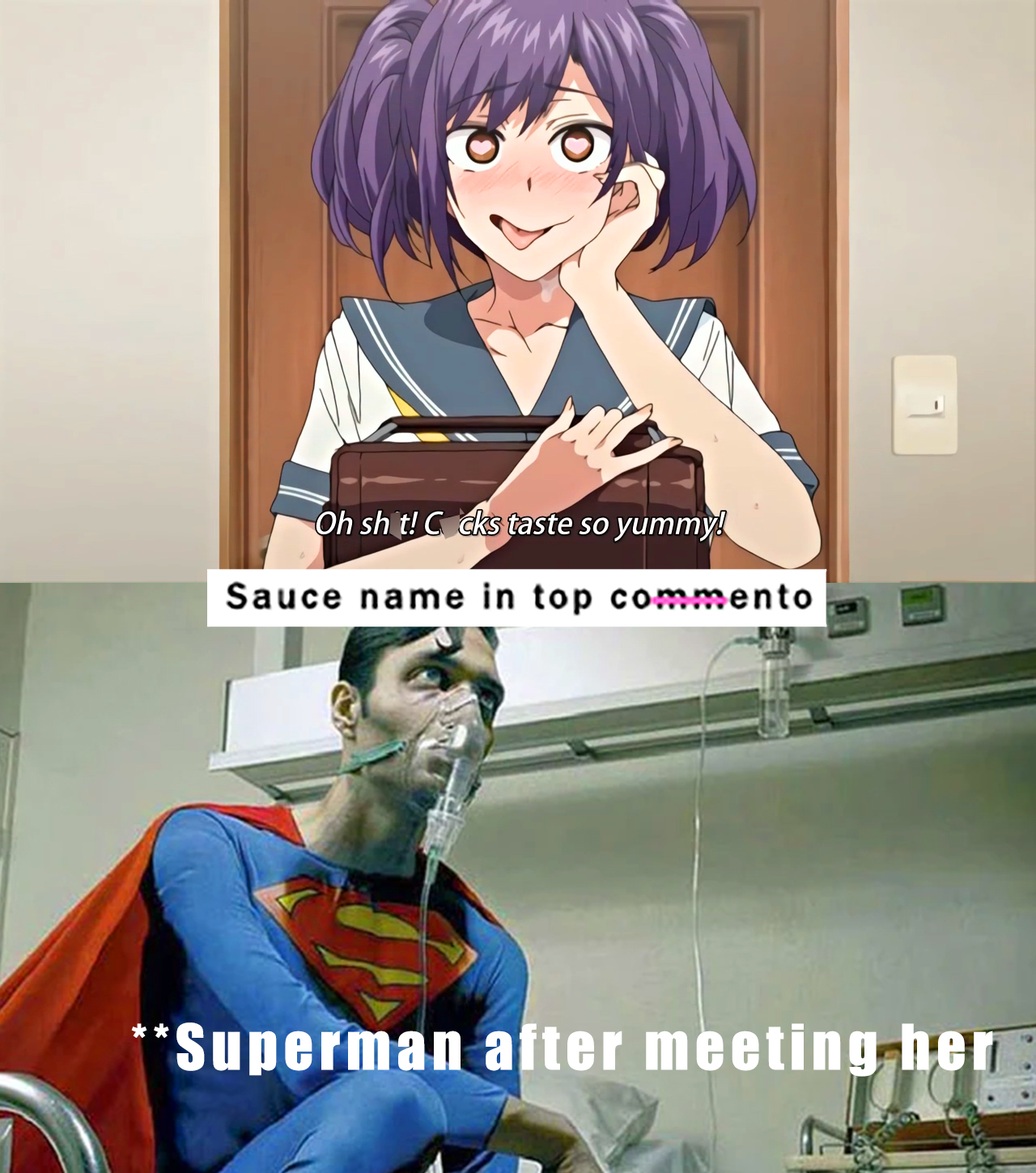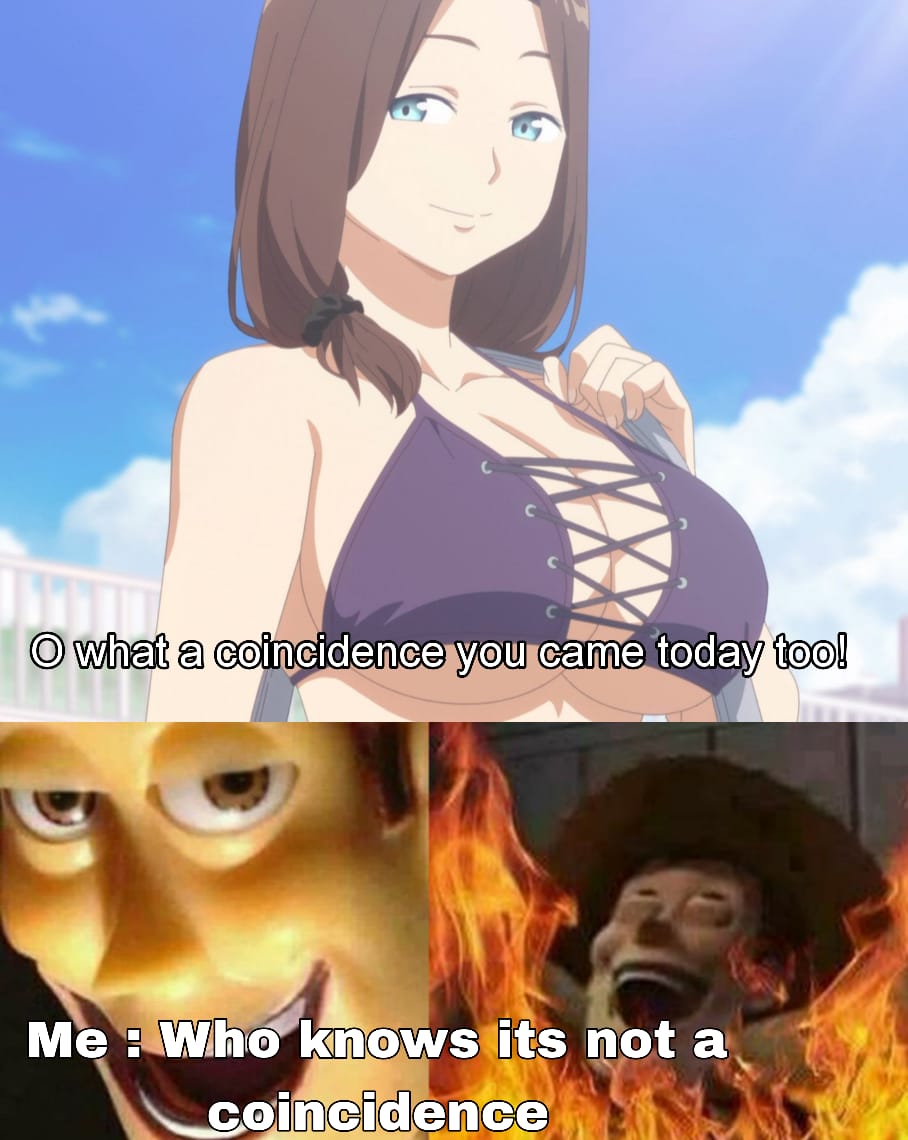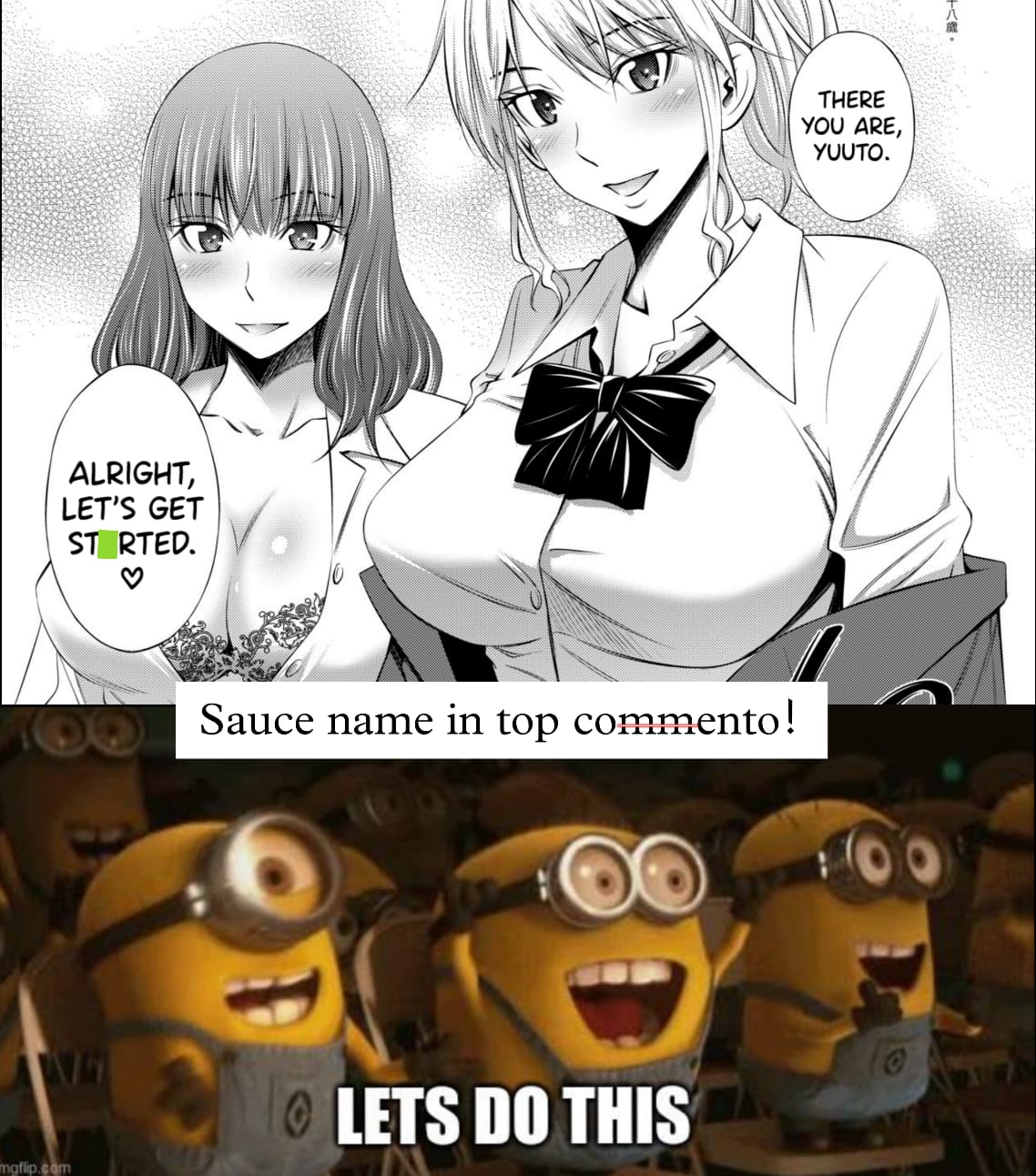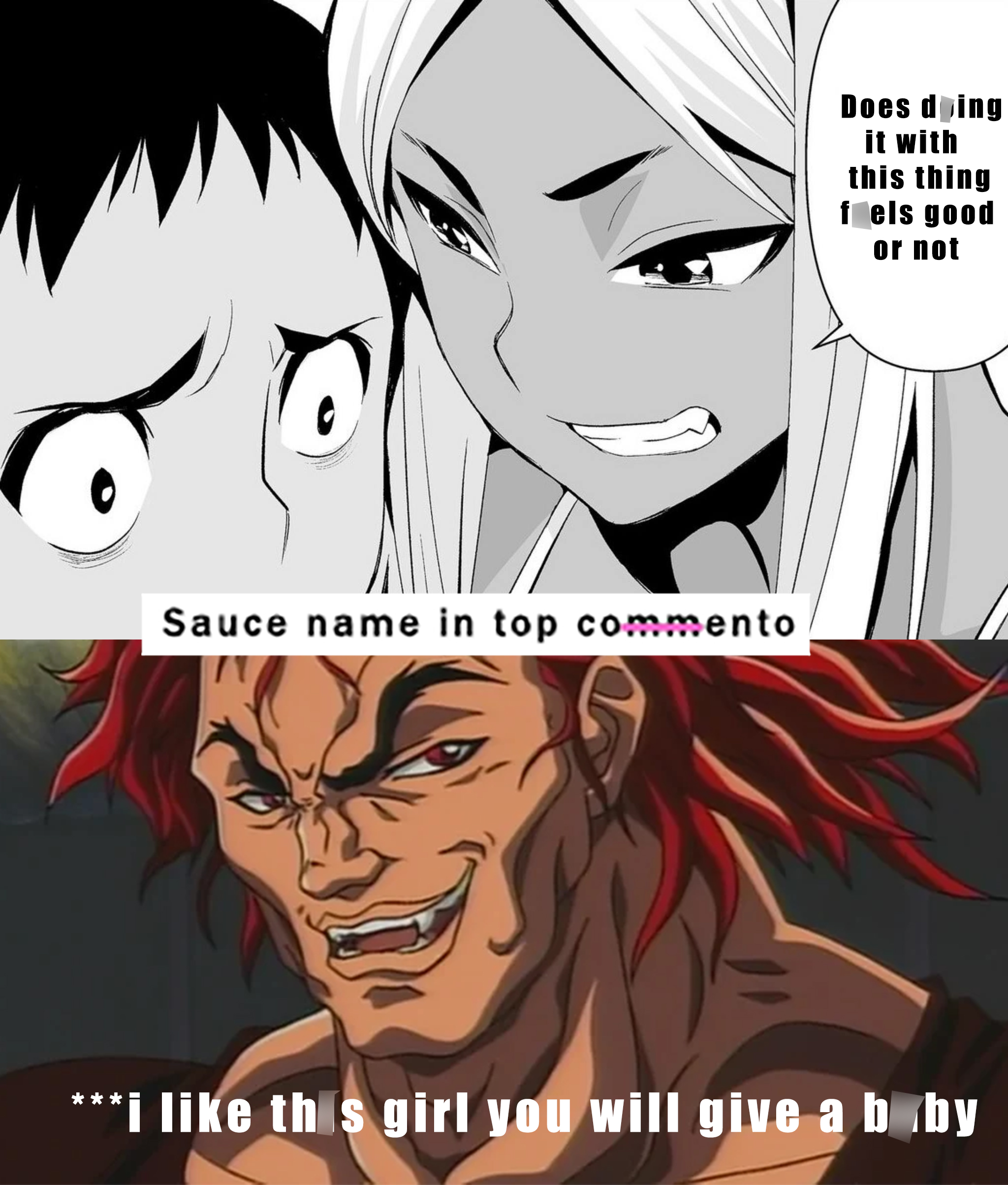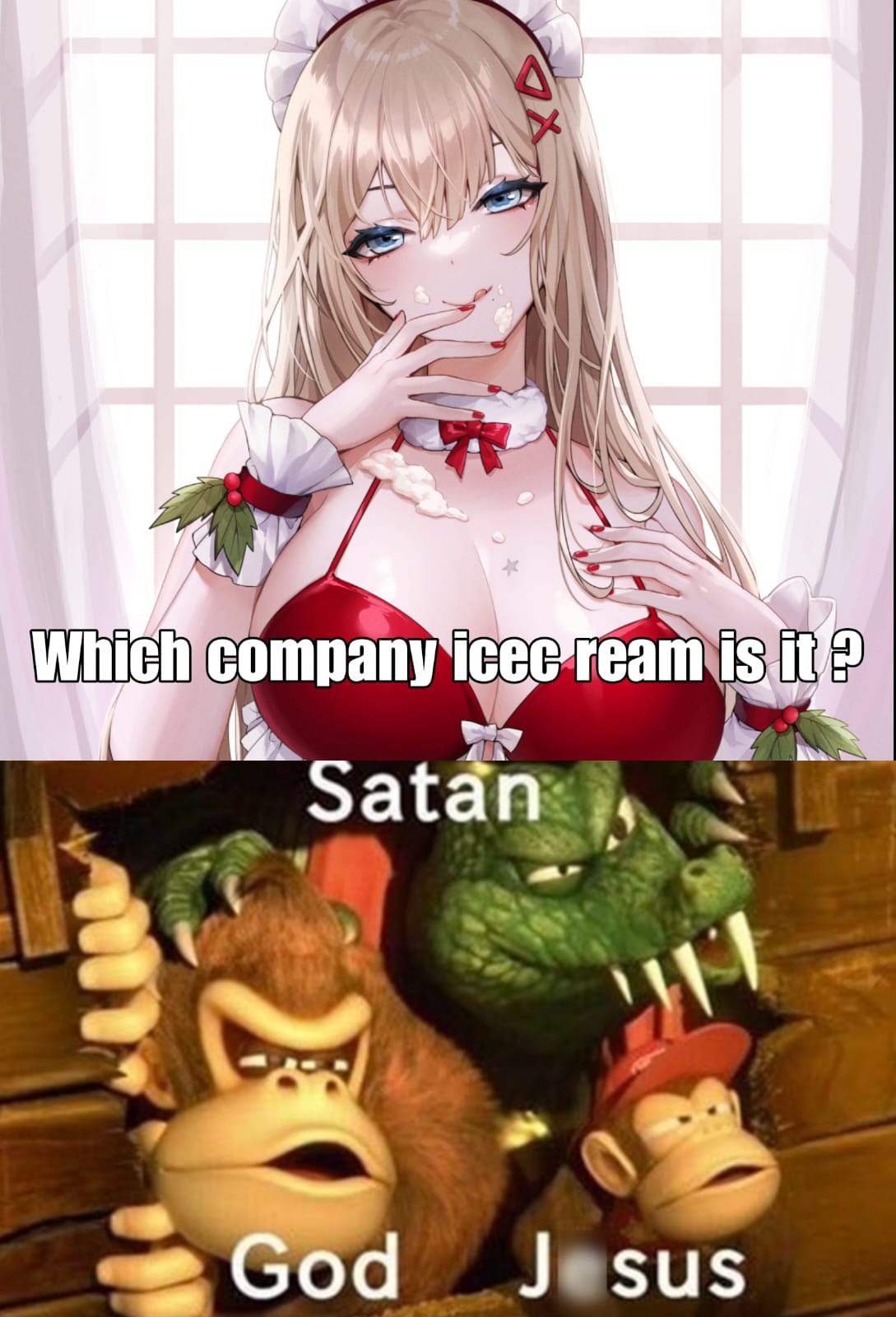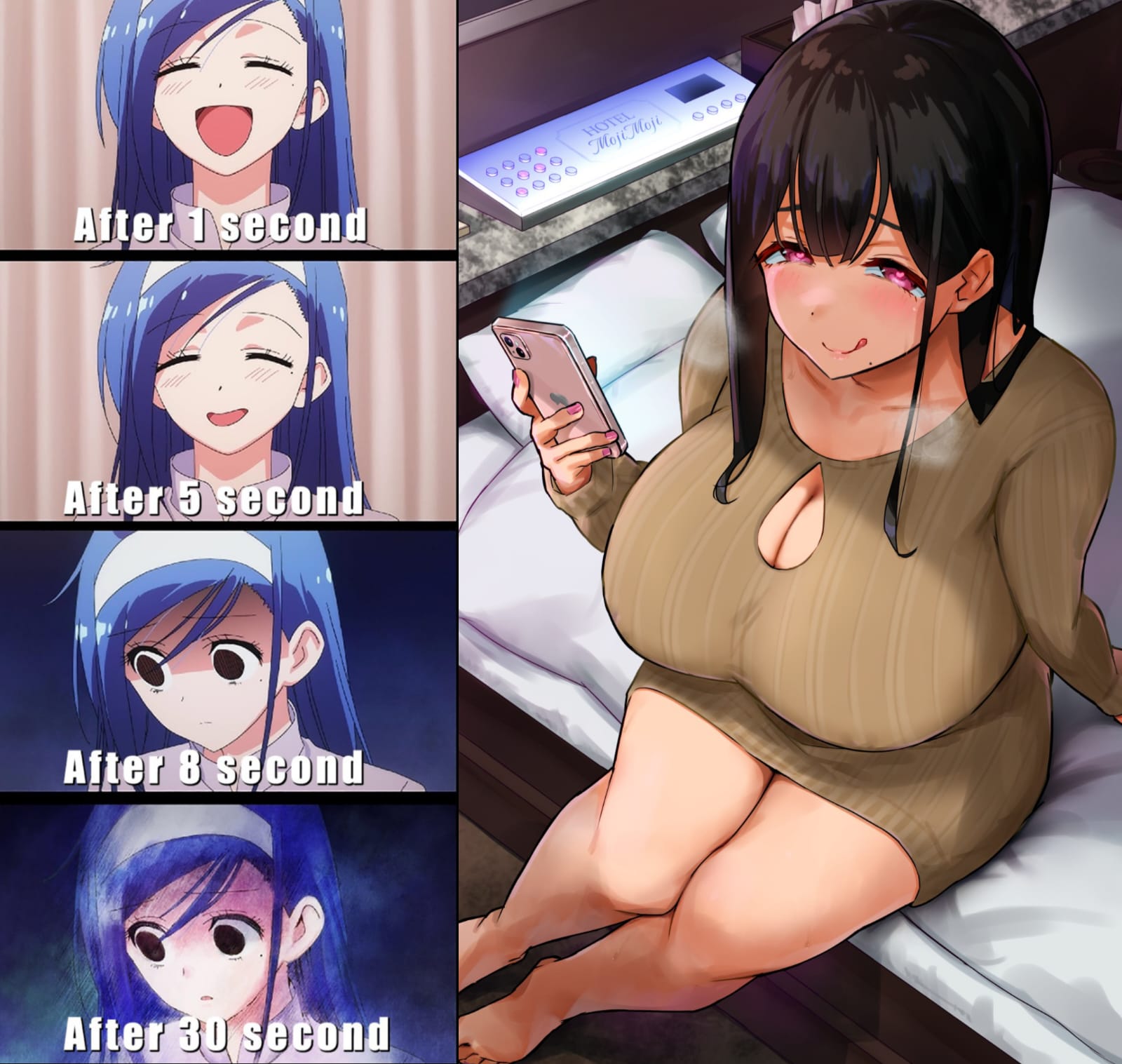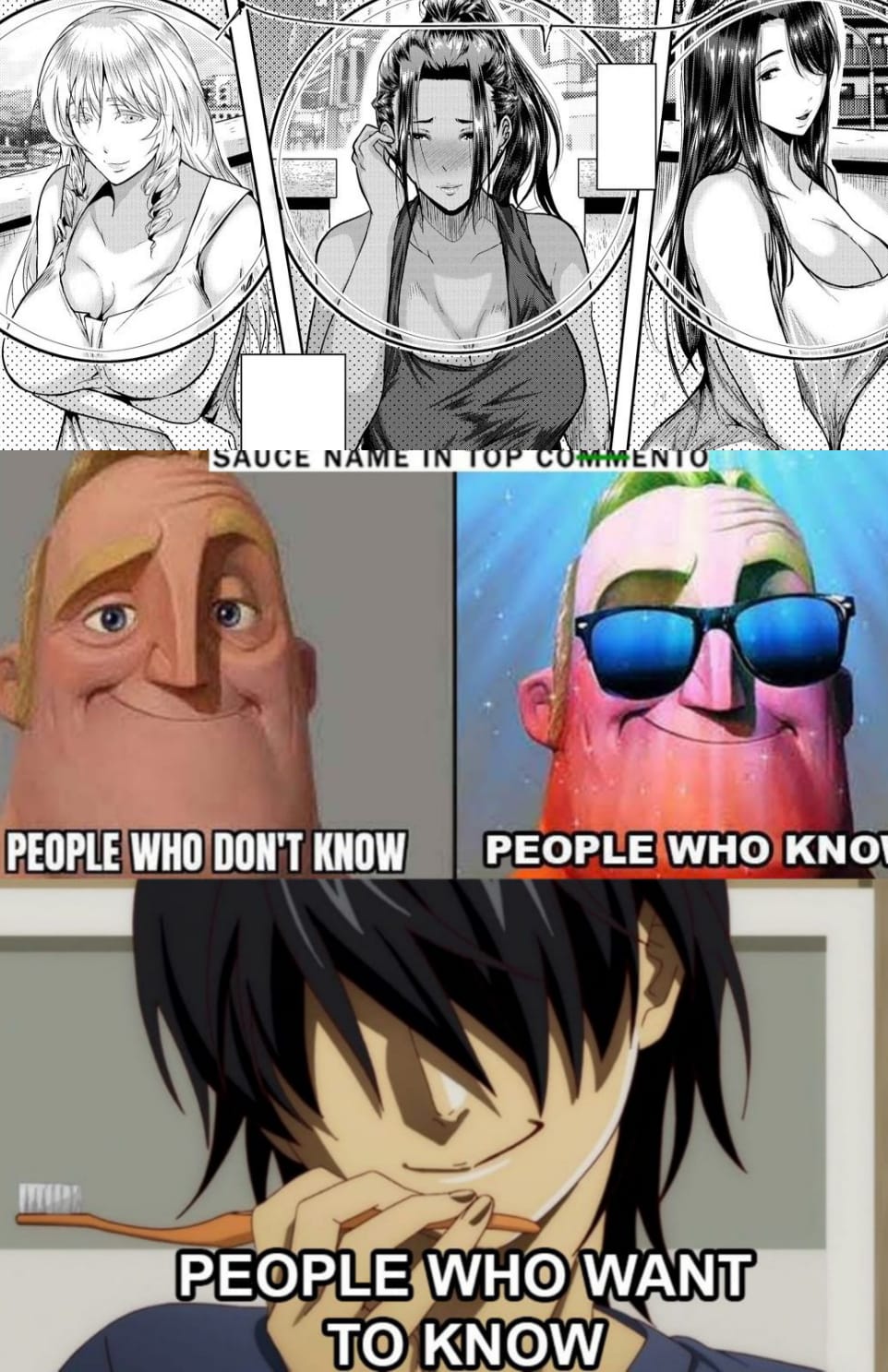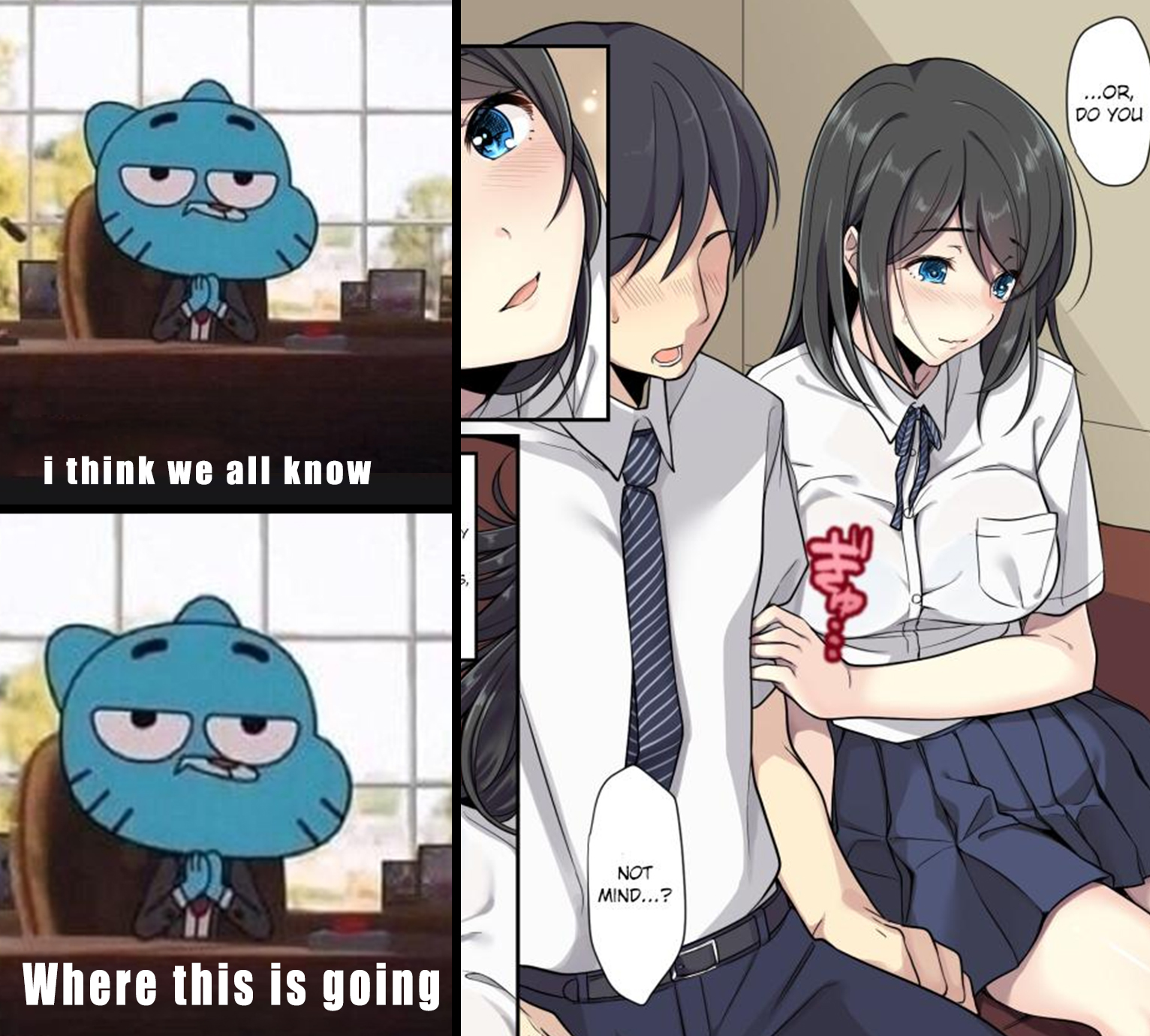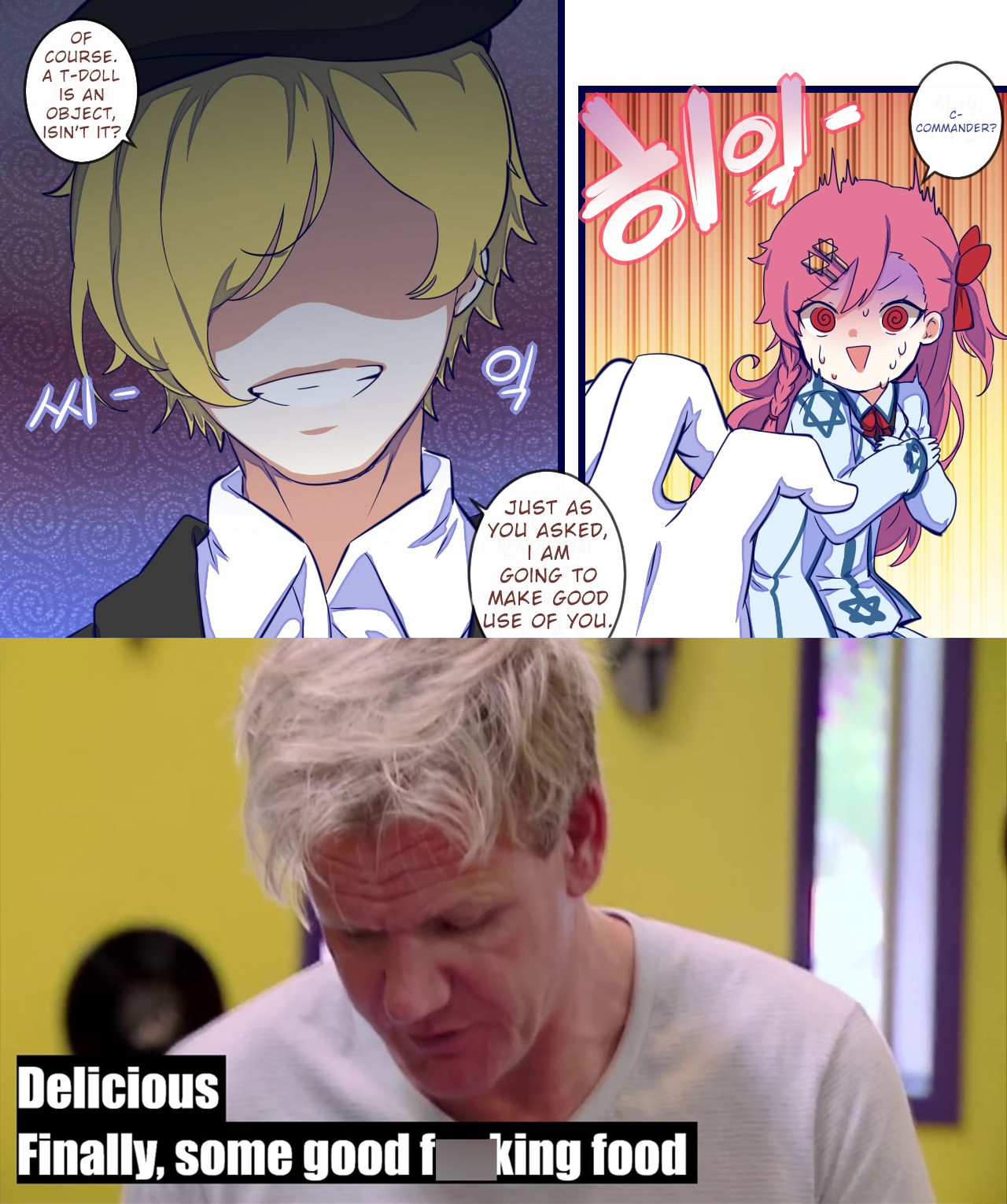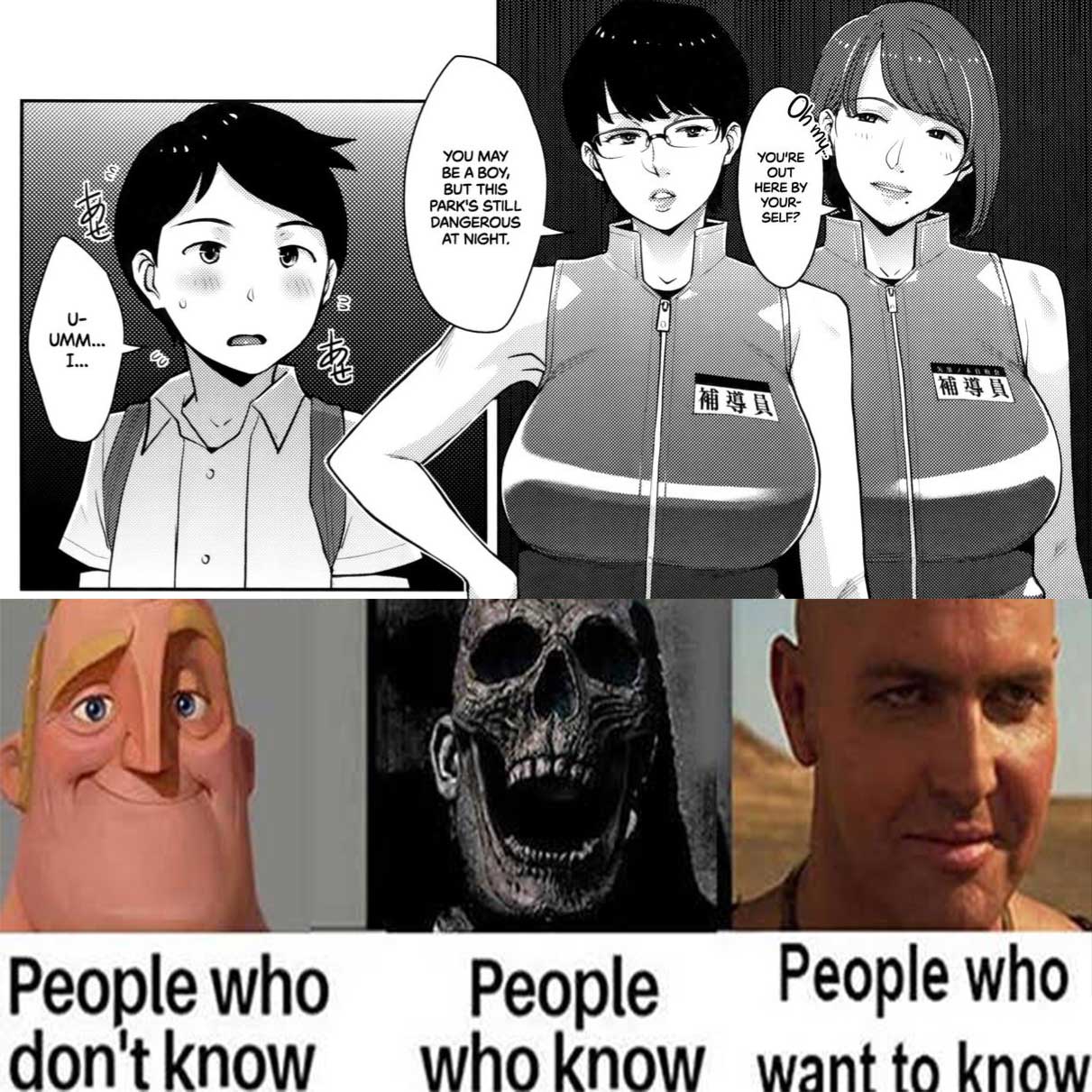The term overpowered or OP can often evoke a sense of disappointment when applied to the protagonist of a story. After all, why invest in the journey of a character who seems to have already achieved the pinnacle of power? However, in the anime, there are some exceptional narratives featuring OP main characters that manage to fascinate audiences through outrageous antics or formidable adversaries, compelling viewers to root for the protagonists.
Take, for instance, Hellsing, where the main character Alucard is undeniably OP yet remains dating due to the sheer absurdity of his actions and the overwhelming threats he faces. Despite his overwhelming power, viewers are drawn into his thanks to the outrageous shenanigans and intense conflicts that unfold.
In anime featuring OP protagonists, there’s often a delicate balance between showcasing their incredible abilities and presenting challenges that push them to their limits. This balance keeps the narrative engaging and ensures that viewers remain invested in the characters’ journeys.
For those with limited time to spare, many anime with OP main characters offer gripping first episodes that serve as excellent entry points into their respective worlds.
20. The Disastrous Life of Saiki K

In The Disastrous Life of Saiki K, the protagonist Kusuo Saiki defies the typical narrative of overpowered protagonists tasked with saving the world, as all he desires is a normal life. However, Kusuo’s powerful psychic abilities make this wish nearly impossible to achieve. Throughout the series, Kusuo finds himself thrust into uncomfortable situations at school that constantly test his ability to conceal his powers.
As a result, the anime becomes a chaotic festival of hijinks and shenanigans. Kusuo often finds himself surrounded by classmates who either seek something from him or require his assistance, leaving him exasperated and longing to simply use his powers to escape these awkward scenarios. Despite his best efforts to maintain a low profile, Kusuo’s extraordinary abilities invariably draw attention and ensnare him in a series of comedic misadventures.

19. Mob Psycho 100
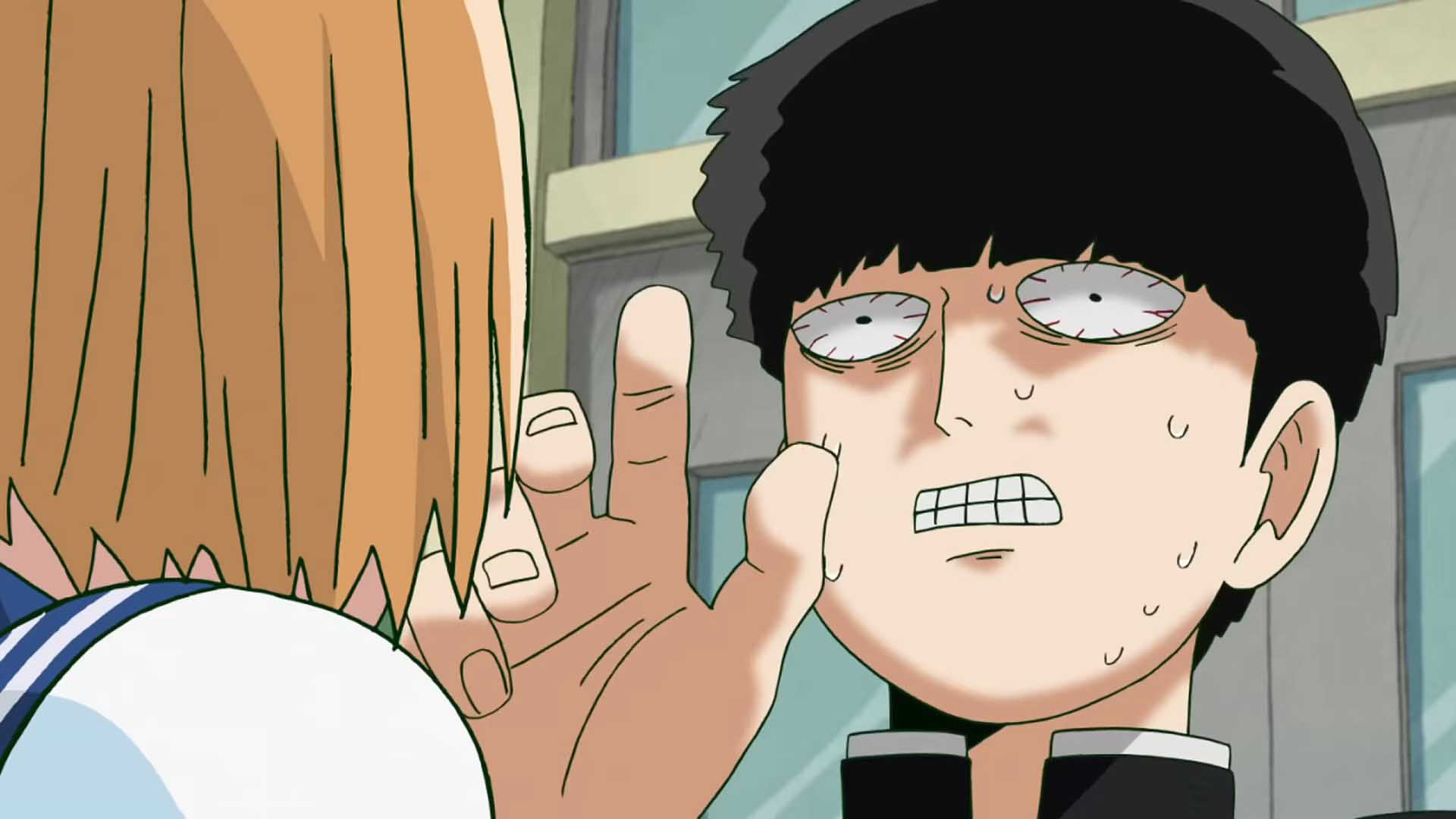
Shigeo Mob Kageyama appears to be an ordinary eighth-grader struggling with social interactions due to his introverted nature. However, unbeknownst to others, Shigeo possesses immense psychic abilities, making him one of the most powerful psychics.
His powers remain largely untapped, and when his Meter reaches 100, he loses control with potentially disastrous consequences. Fortunately, with the guidance of his mentor, Shigeo begins to understand the true nature of his abilities and his place.
Mob Psycho 100 draws inspiration from One-Punch Man, but Shigeo’s character arc differs significantly from Saitama’s journey. While Saitama grapples with boredom and the search for a worthy opponent, Mob’s struggle stems from his belief that he cannot relate to others.
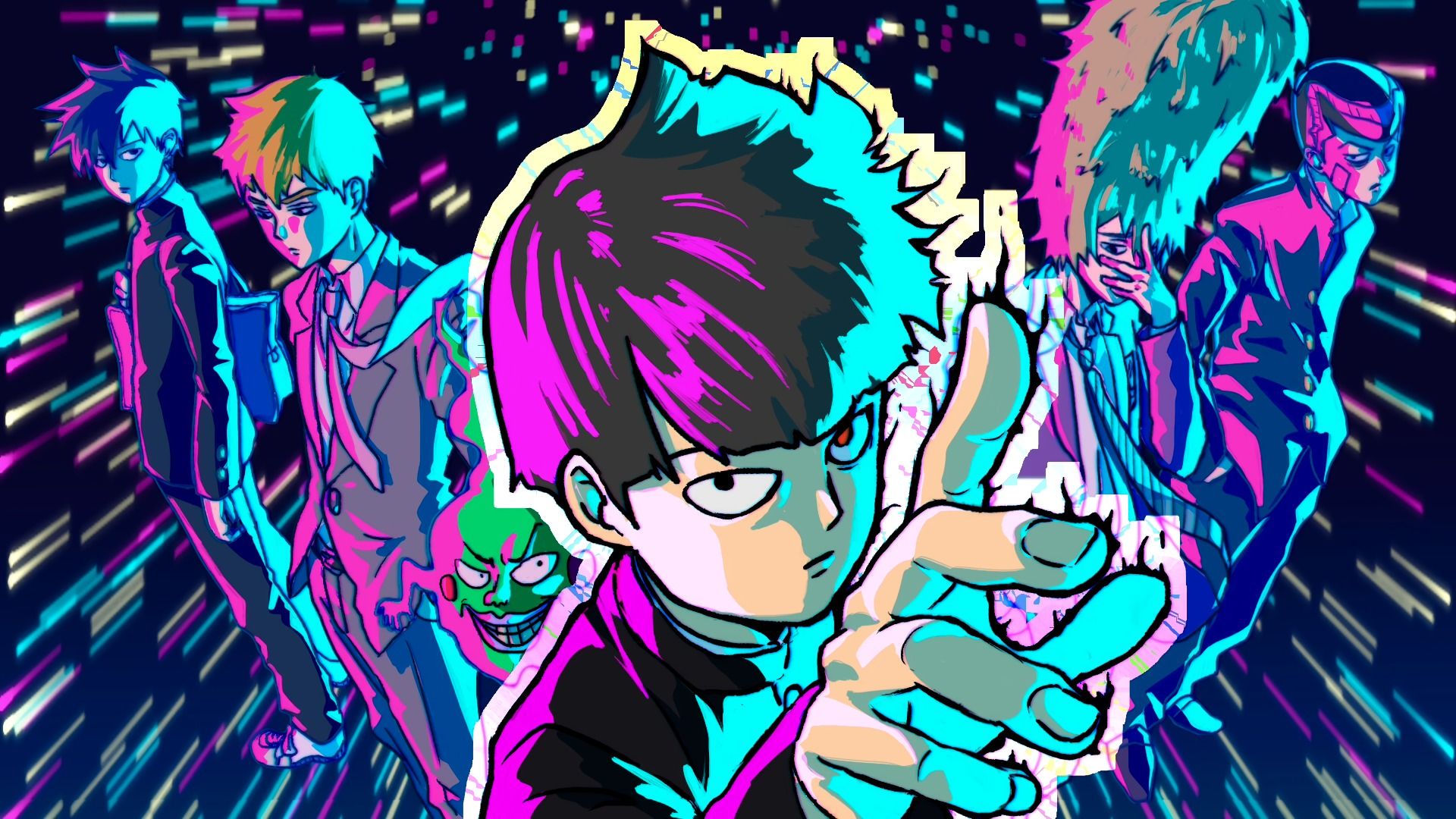
18. One Out
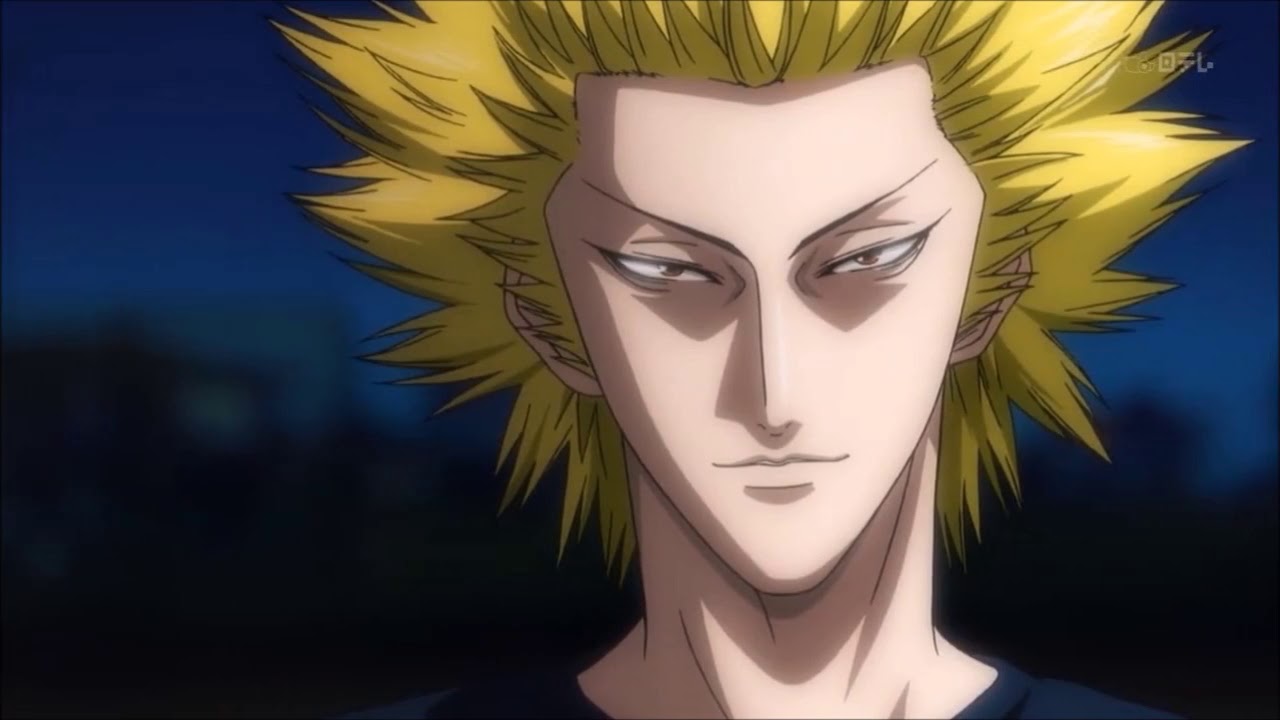
In most cases, overpowered anime protagonists possess extraordinary abilities that place them far above anyone else in their universe. However, One Outs provides a compelling example of an OP main character who, technically, is just an ordinary individual. The title revolves around a baseball street game where a pitcher and a batter compete with cash on the line.
Despite appearing to be an unremarkable pitcher, Toa remains undefeated in One Outs. He even manages to defeat the Saitama Lycaons’ top batter, catching the attention of the team and leading to a contract offer. However, the contract comes with a twist: Toa is locked in a continuous battle with the team’s owner. Throughout the series, the protagonist excels at getting into the minds of other players, mentally destabilizing them before they even step onto the field.
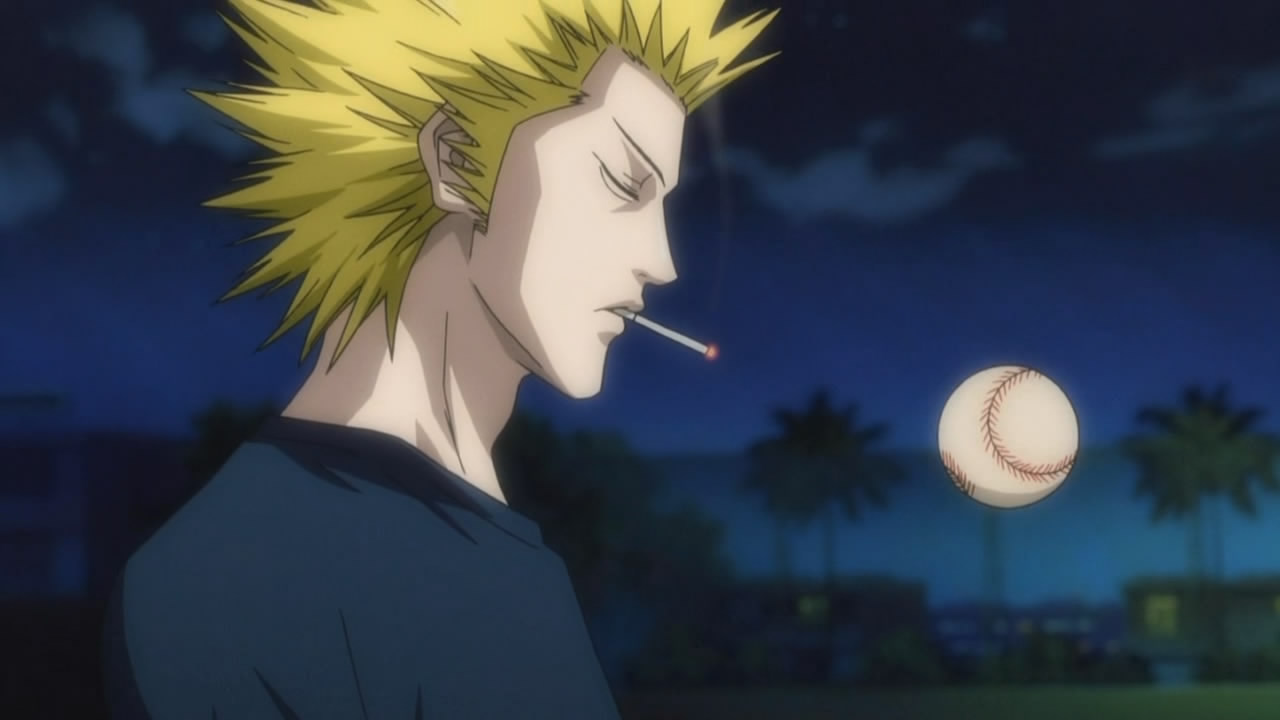
17. That Time I Got Reincarnated as a Slime
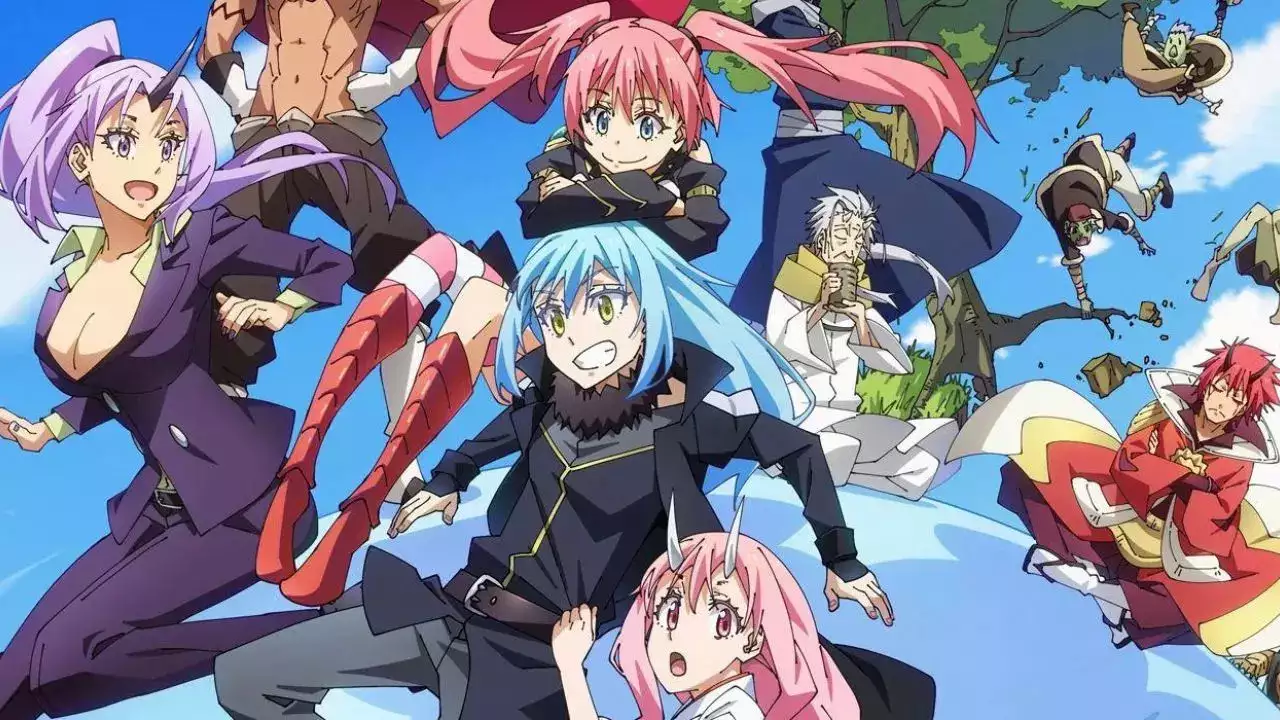
When Satoru Mikami courageously intervenes to save a colleague from a street attack, he tragically succumbs to his injuries. In his final moments, Satoru expresses a simple wish for a body that can withstand any physical harm. To his surprise, his wish is granted by a mysterious voice, and he is reincarnated as a slime.
Embracing his new life as Rimuru Tempest, Satoru finds himself in a fantastical world filled with magic, dragons, and mythical creatures. With the guidance of a friendly dragon who renames him, Rimuru sets out to explore this new with his newfound invulnerable body. Lacking any specific goals, That Time I Got Reincarnated as a Slime offers a delightful blend of isekai and slice-of-life elements, appealing to fans of both genres.

16. Solo Leveling
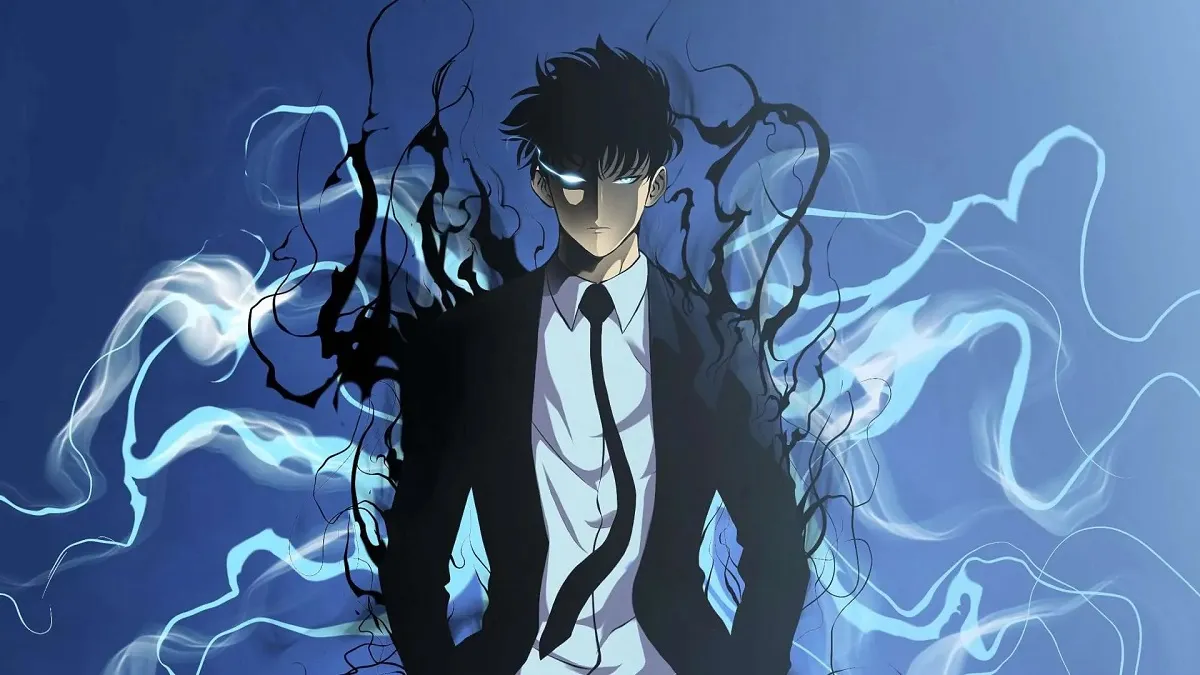
While not a strict rule, many anime featuring OP protagonists often either begin with the character already possessing formidable abilities or swiftly accelerate their journey to becoming overpowered.
Solo Leveling, while falling into the latter category, takes great care to detail Jin-Woo’s evolution into a powerhouse, with the hunter continually growing stronger throughout the first season. This narrative structure imbues the early chapters with a sense of urgency and progression, addressing a common issue found in similar series.
Initially regarded as the weakest hunter in the business, Sung Jin-Woo accepts each mission with the awareness that death could be lurking around the corner. However, when an operation takes a disastrous turn, Jin-Woo finds himself on the brink of death, only to be presented with a mysterious opportunity. Suddenly bestowed with the ability to level up, Jin-Woo goes on a journey that swiftly propels him toward unimaginable power.
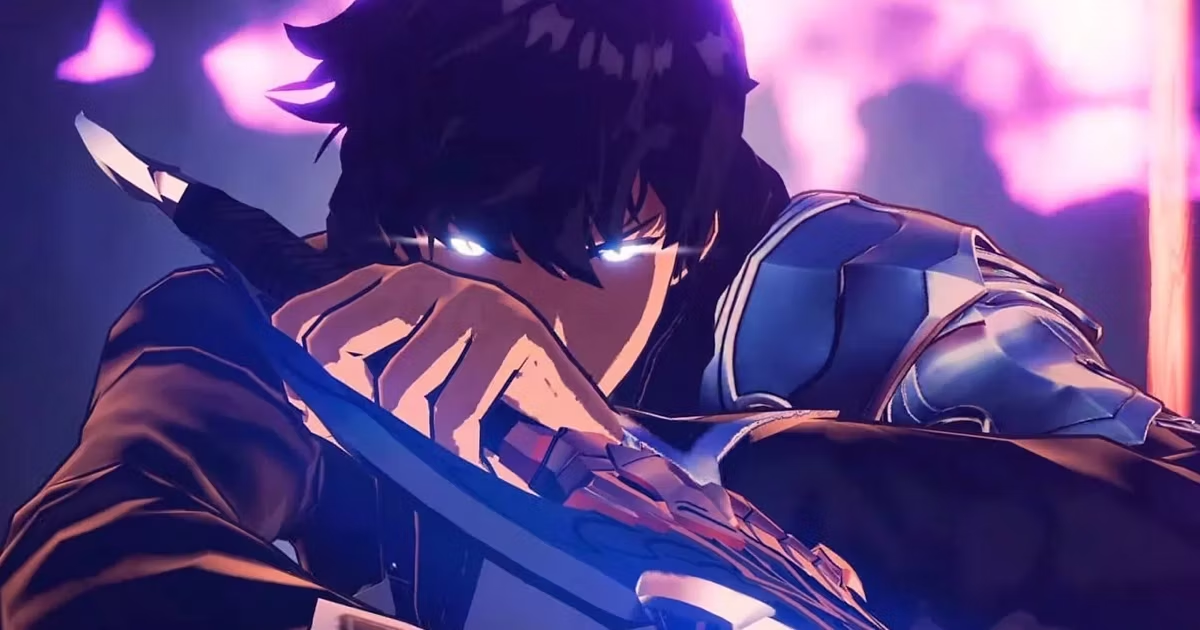
“Solo Leveling” stands out as a thrilling webtoon that immerses readers in a world of monsters, magic, and relentless action. Following Sung Jin-Woo, an E-rank hunter who discovers the ability to level up as if in a video game, the story unfolds with breathtaking artwork and intricately detailed battles.
Jin-Woo’s journey from a weak hunter to an unstoppable force is portrayed with stunning visuals and compelling storytelling. The series expertly balances character development, world-building, and exhilarating fight scenes, keeping readers hooked with each chapter. “Solo Leveling” is a must-read for fans of fantasy and adventure, offering a truly epic and immersive experience.
15. Hellsing Ultimate
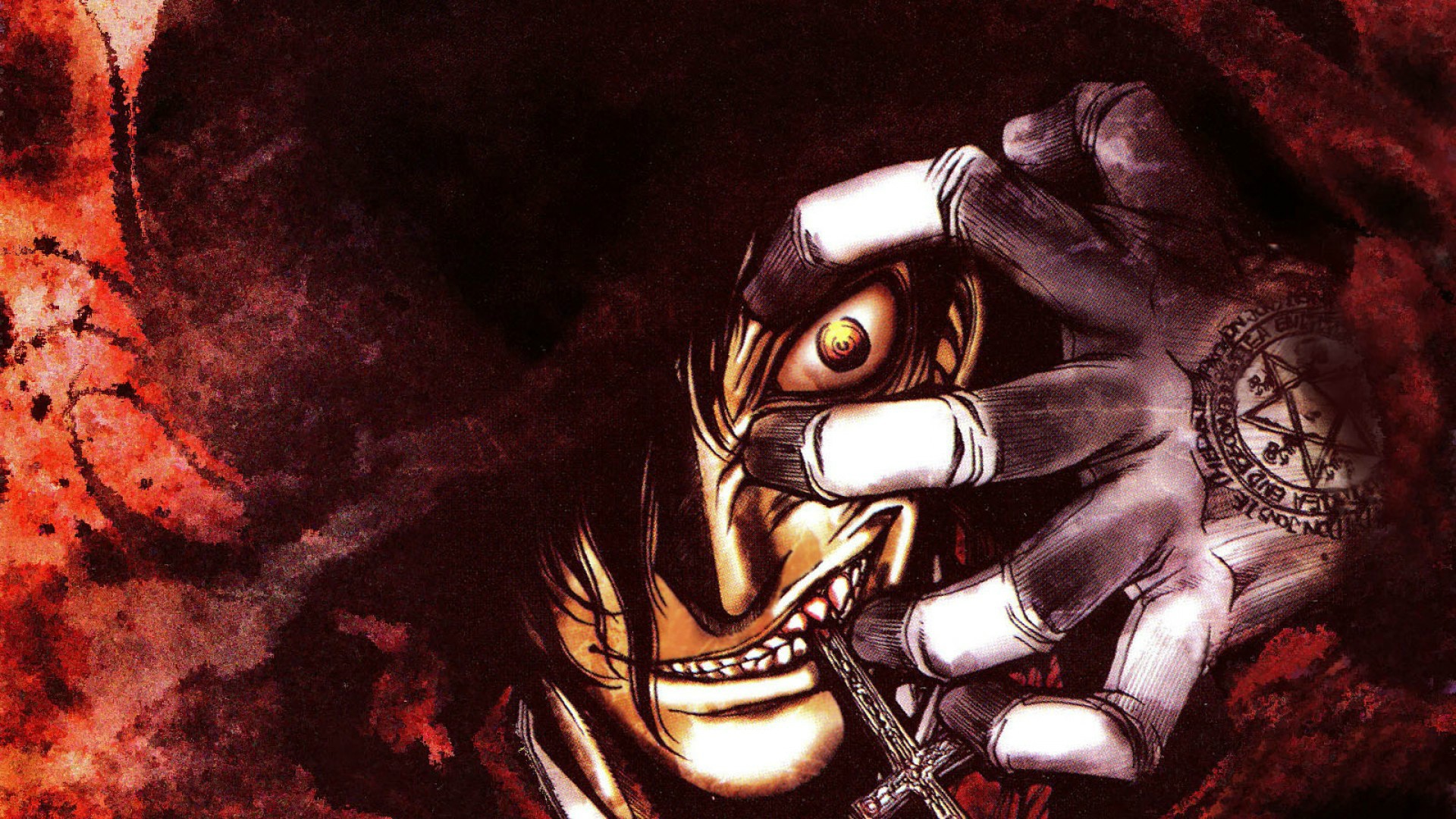
Hellsing Ultimate stands out as one of the most over-the-top anime series, epitomizing the concept of overpowered characters. Set in an alternate version of modern times, this OVA series centers around the original vampire, Alucard, who pledges allegiance to the Hellsing family following his defeat by Abraham Van Helsing. In service to the Royal Order of Protestant Knights, Alucard’s primary mission is to hunt down vampires worldwide.
However, Alucard is far from a composed and restrained protagonist. Known for his insatiable bloodlust and penchant for violence, he is a formidable force to be reckoned with. The Knights capitalize on his ferocity to pursue their current targets: the Millennium, a group of Nazi remnants aiming to create a legion of vampires to resurrect Nazi Germany.
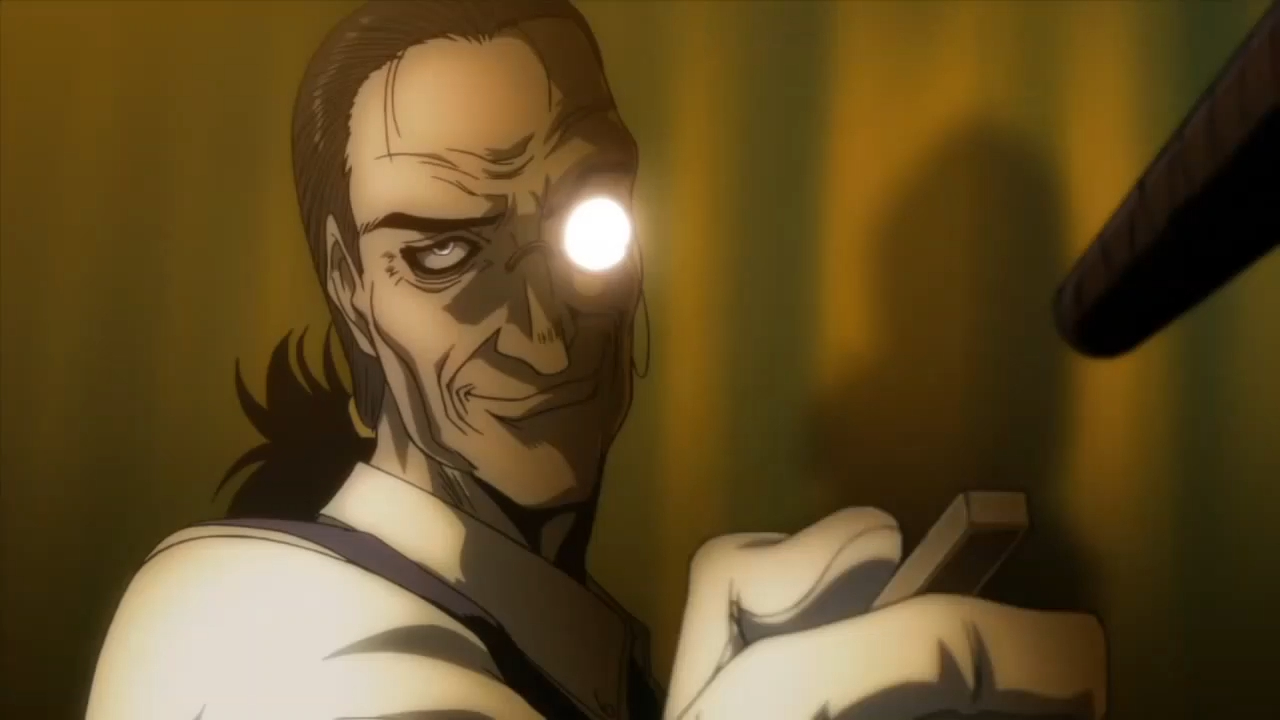
“Hellsing Ultimate” is a dark and intense anime that plunges viewers into a world of vampires, ghouls, and secret organizations. Following the Hellsing Organization’s mission to protect England from supernatural threats, the series centers around the enigmatic vampire Alucard and his human master, Integra Hellsing.
With breathtaking animation and visceral action sequences, “Hellsing Ultimate” delivers a relentless onslaught of blood-soaked battles and macabre encounters. The show’s Gothic atmosphere and intricate plot keep viewers on the edge of their seats, while its complex characters and moral ambiguity add depth to the narrative. “Hellsing Ultimate” is a gripping and adrenaline-fueled ride through the shadows of the night.
14. Charlotte

Charlotte, a fictional comet of the same name passes Earth every 75 years, leaving behind dust that grants superpowers to a percentage of preadolescent children. When Nao Tomori, a user of invisibility, exposes protagonist Yuu Otosaka’s ability to temporarily control the bodies of others, she coerces him into attending Hoshinoumi Academy and joining other power users in the Student Council.
While much of Charlotte revolves around Yuu’s misadventures with body-swapping, the tone becomes more serious when Yuu discovers the true nature of his powers. Rather than merely controlling others’ bodies, Yuu realizes that he has the ability to steal their powers. As the anime progresses, Yuu goes on a journey to collect the abilities of all power-users on Earth, sacrificing his memories and sense of self in the process. The scale and nature of these abilities remain shrouded in mystery.
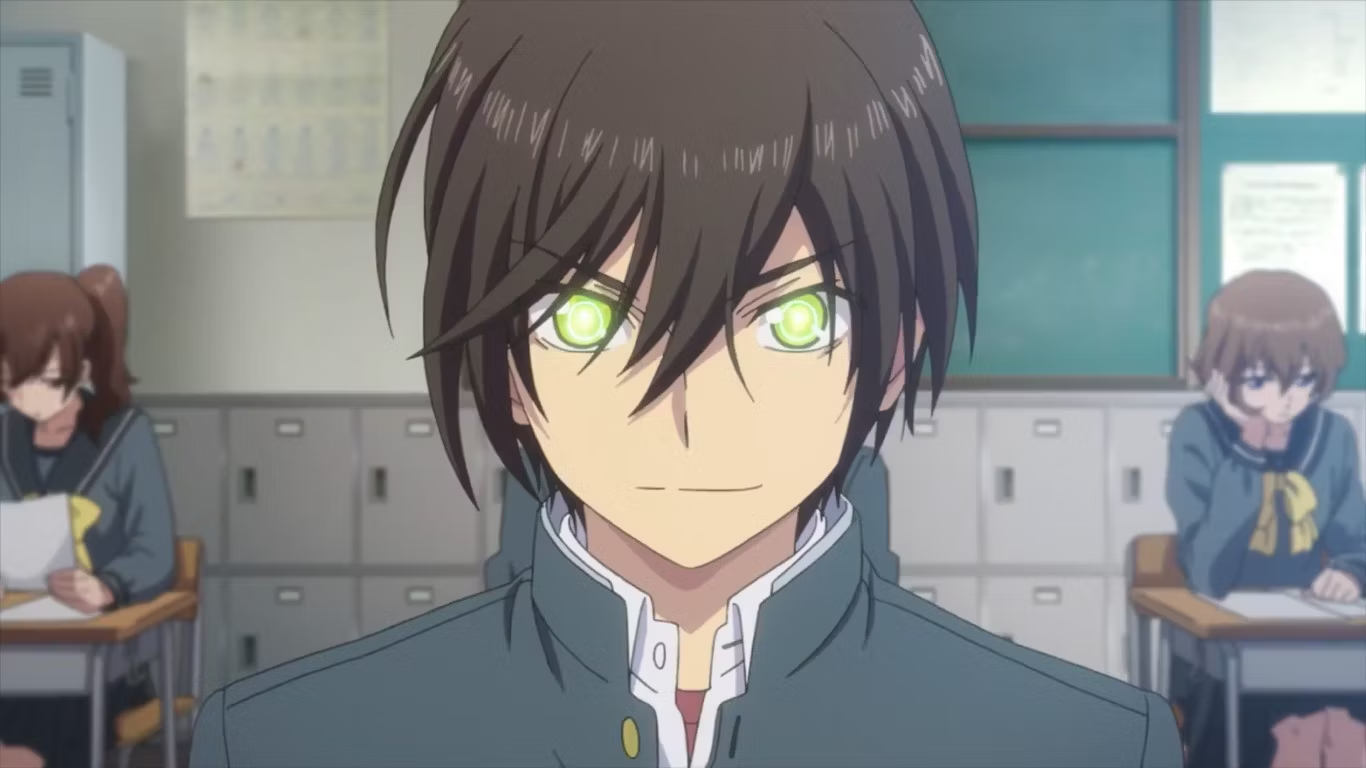
13. Tsukimichi: Moonlit Fantasy
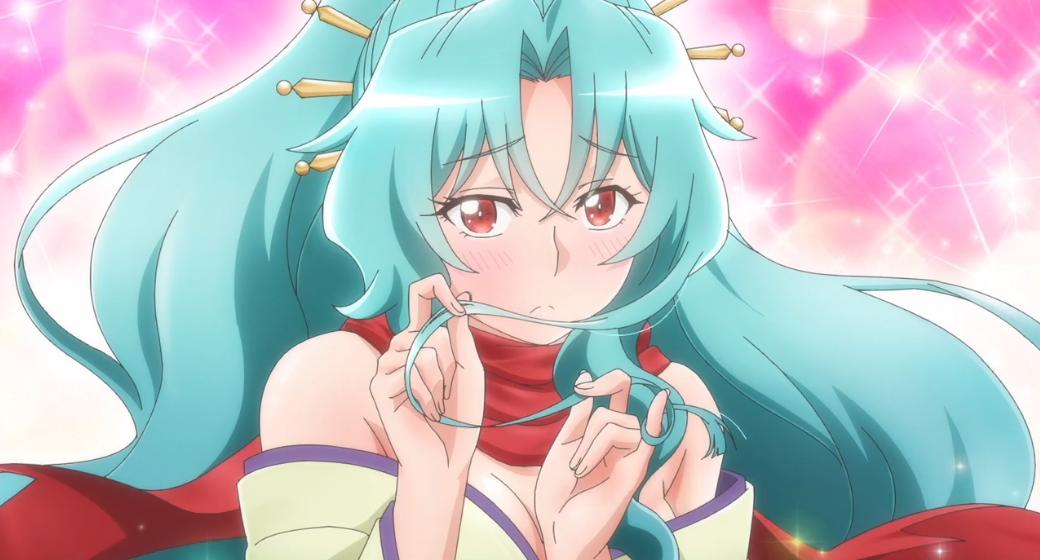
When Tokyo-based Makoto Misumi finds himself abandoned by a Goddess who was supposed to transport him to her world, he is left for dead in the Wasteland until Tsukuyomi, the Goddess of the Moon, intervenes. Bestowed with her blessings, Makoto goes on a journey into the Goddess’ World as one of its most formidable beings. Despite possessing immense power, Makoto only utilizes his abilities when provoked or to aid his allies, guided by his appreciation for life and his humanity.
What sets Makoto apart from other overpowered protagonists in isekai stories is that his companions quickly recognize his immense magical potential from the outset. Makoto’s innate mana reservoir is so vast that he constantly requires mana-dampening rings, and his equipment often serves as conduits for his magical energy. Moreover, Tsukuyomi’s blessings elevate Makoto’s powers to god-like levels, enabling him not only to cast spells but also to communicate with animals, enhance his abilities, heal others, and even manifest objects through sheer willpower.
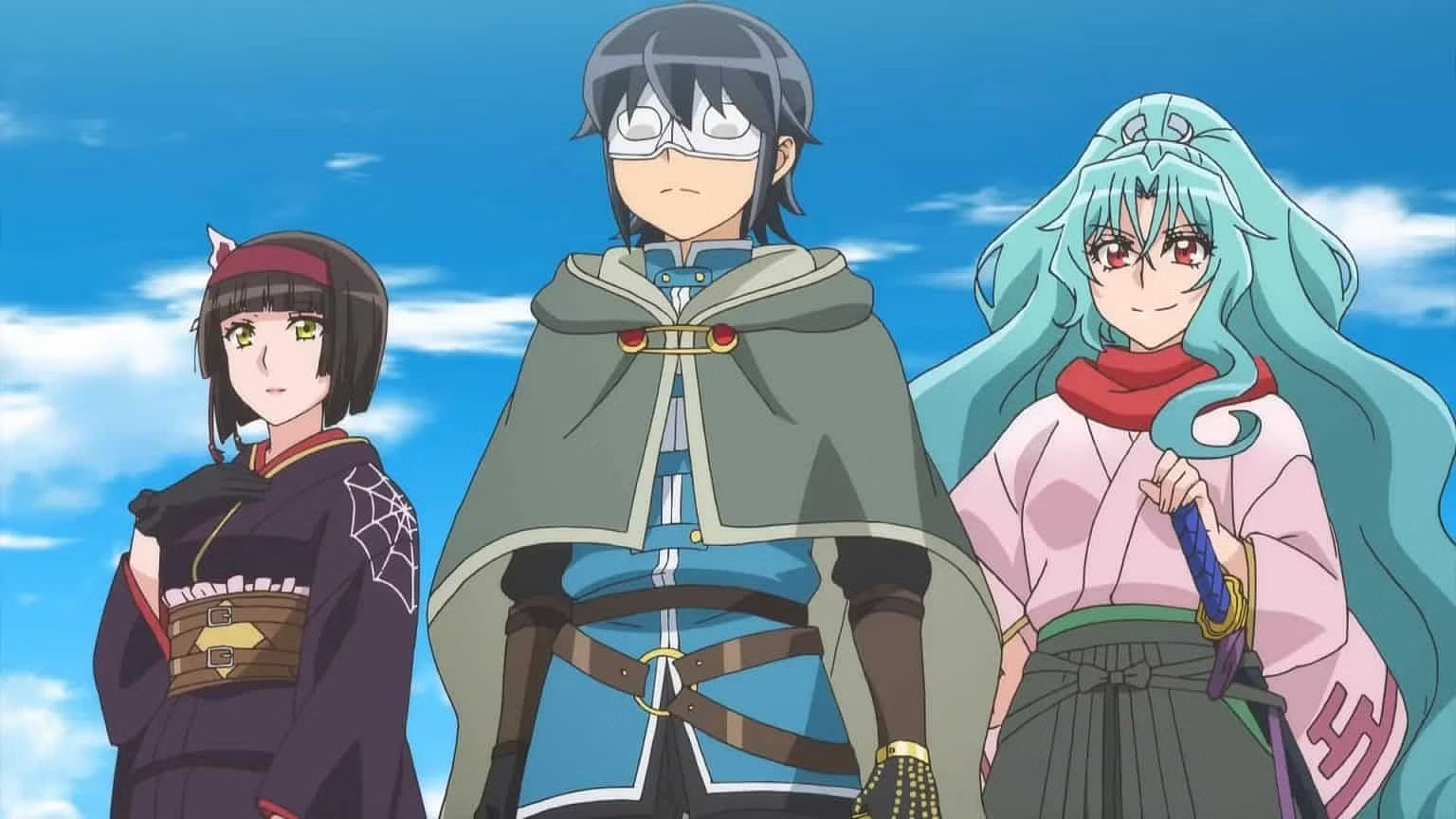
12. Haven’t You Heard? I’m Sakamoto
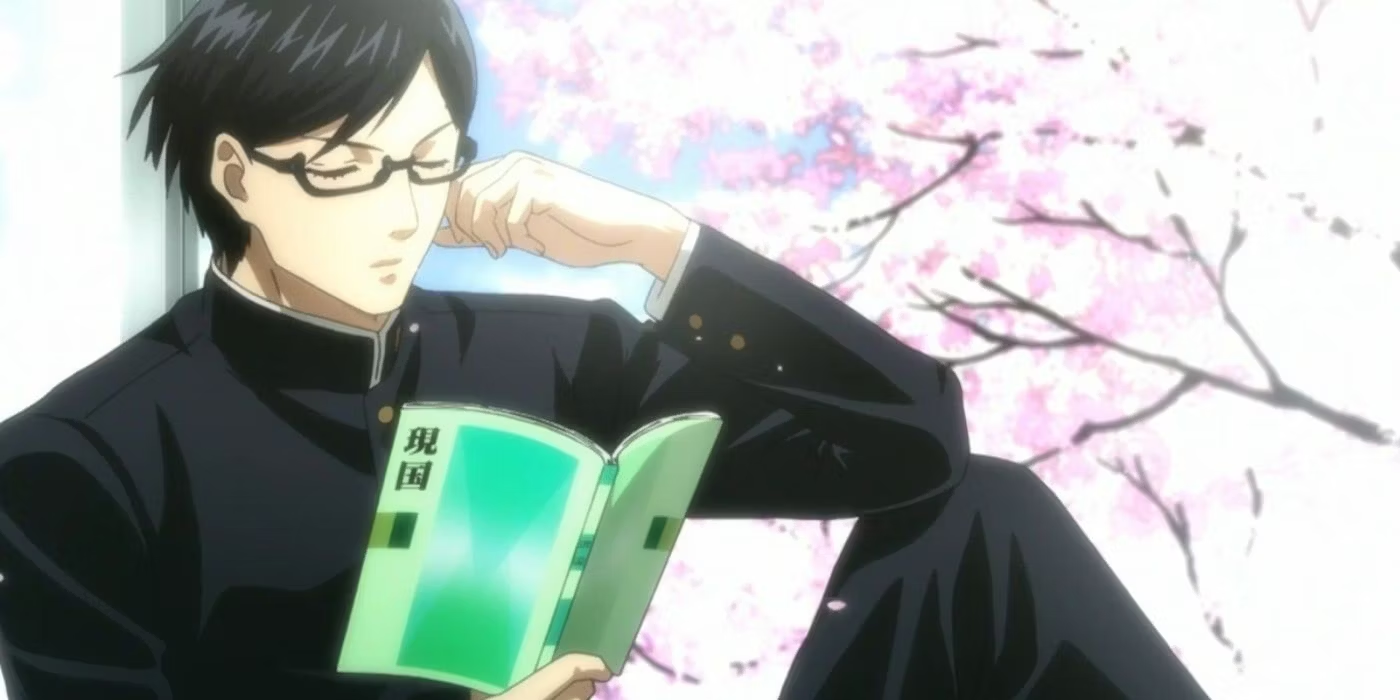
Overpowered protagonists aren’t exclusive to isekai tales; they just tend to lean that way sometimes. While not as prevalent as they could be, the comedy genre has had its fair share of brilliant use of OP anime main characters over the years. Haven’t You Heard? I’m Sakamoto stands as one of the most renowned examples, showcasing how a perfect protagonist can be wielded to magnificent effect.
Sakamoto epitomizes what everyone dreams of becoming. His very presence commands attention, evoking admiration, envy, affection, and every other emotion imaginable. Though he may not acknowledge his own god-like brilliance, his classmates find themselves drawn to his radiance, and any attempts to dim his shine only seem to amplify it further.

“Haven’t You Heard? I’m Sakamoto” is a hilarious and unique anime that follows the life of Sakamoto, an effortlessly cool high school student who effortlessly dazzles everyone around him with his charm, wit, and extraordinary talents. From dodging bullies with flair to acing tests without breaking a sweat, Sakamoto navigates through every situation with unparalleled style and grace.
The series excels in its comedic timing, delivering a blend of absurd humor and clever satire. Each episode presents absurd scenarios that showcase Sakamoto’s unmatched coolness, leaving viewers both amused and awestruck. With its memorable characters and laugh-out-loud moments, “Haven’t You Heard? I’m Sakamoto” is a must-watch for fans of comedy anime.
11. Chillin’ in Another World with Level 2 Super Cheat Powers
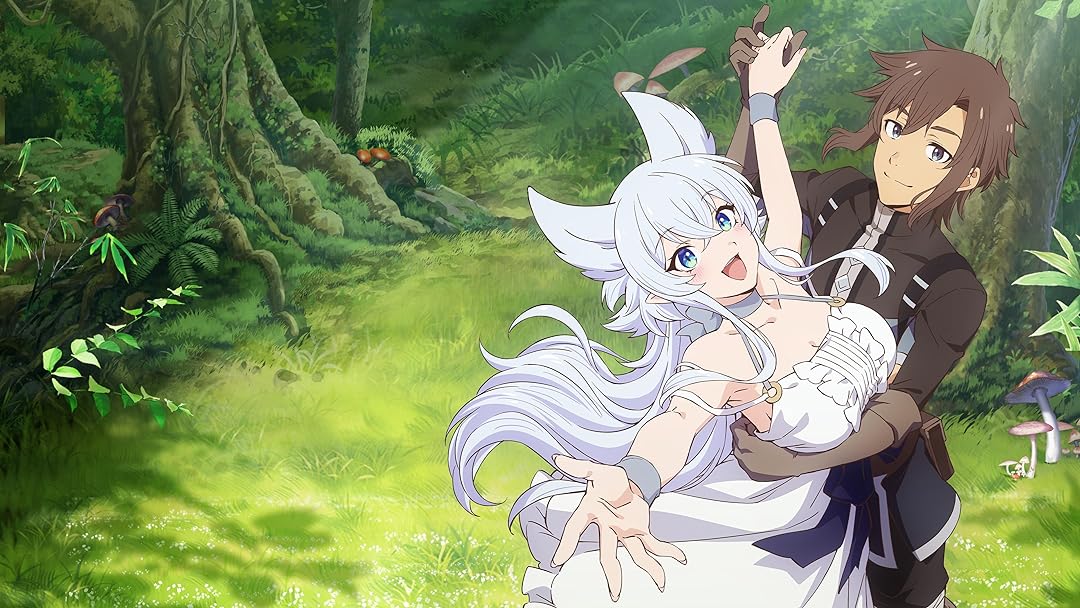
Among the plethora of series, one Spring 2024 anime stands out: Chillin’ in Another World with Level 2 Super Cheat Powers. Summoned to a kingdom in dire need of heroes, Flio may initially seem weak, but once he levels up, his stats become infinite, and he gains the ability to learn any spell. Flio emerges as possibly the most potent isekai protagonist of the season, potentially rivaling Anos from The Misfit of Demon King Academy.
Beyond his overwhelming power, Flio is endearing and laid-back, forming a charming partnership with Fenrys, one of the demon kingdom’s 4 Heavenly Kings. While Fenrys is formidable, especially in her Fang Wolf form, she pales in comparison to Flio’s sheer magical prowess, making him the dominant force in their dynamic duo.

10. Cautious Hero: The Hero Is Overpowered But Overly Cautious

In Cautious Hero: The Hero Is Overpowered But Overly Cautious, Seiya Ryuuguuin stands as a counterpoint to the overpowered nature of Demon Lord Takuma. Like many other isekai tales, Seiya assumes the role of a protagonist summoned by a goddess, Ristarte, to rescue the world of Gaeabrande from the clutches of an evil Devil Lord. Despite possessing power levels surpassing most heroes encountered by Ristarte, it’s Seiya’s overly cautious demeanor that tests her patience to its limits.
While the typical isekai protagonist may nonchalantly overcome challenges, Seiya’s overpowered nature manifests in his meticulous overpreparation for virtually every conceivable situation. This meticulousness is compounded by Seiya’s already formidable power, leaving Ristarte exasperated at his excessive caution.
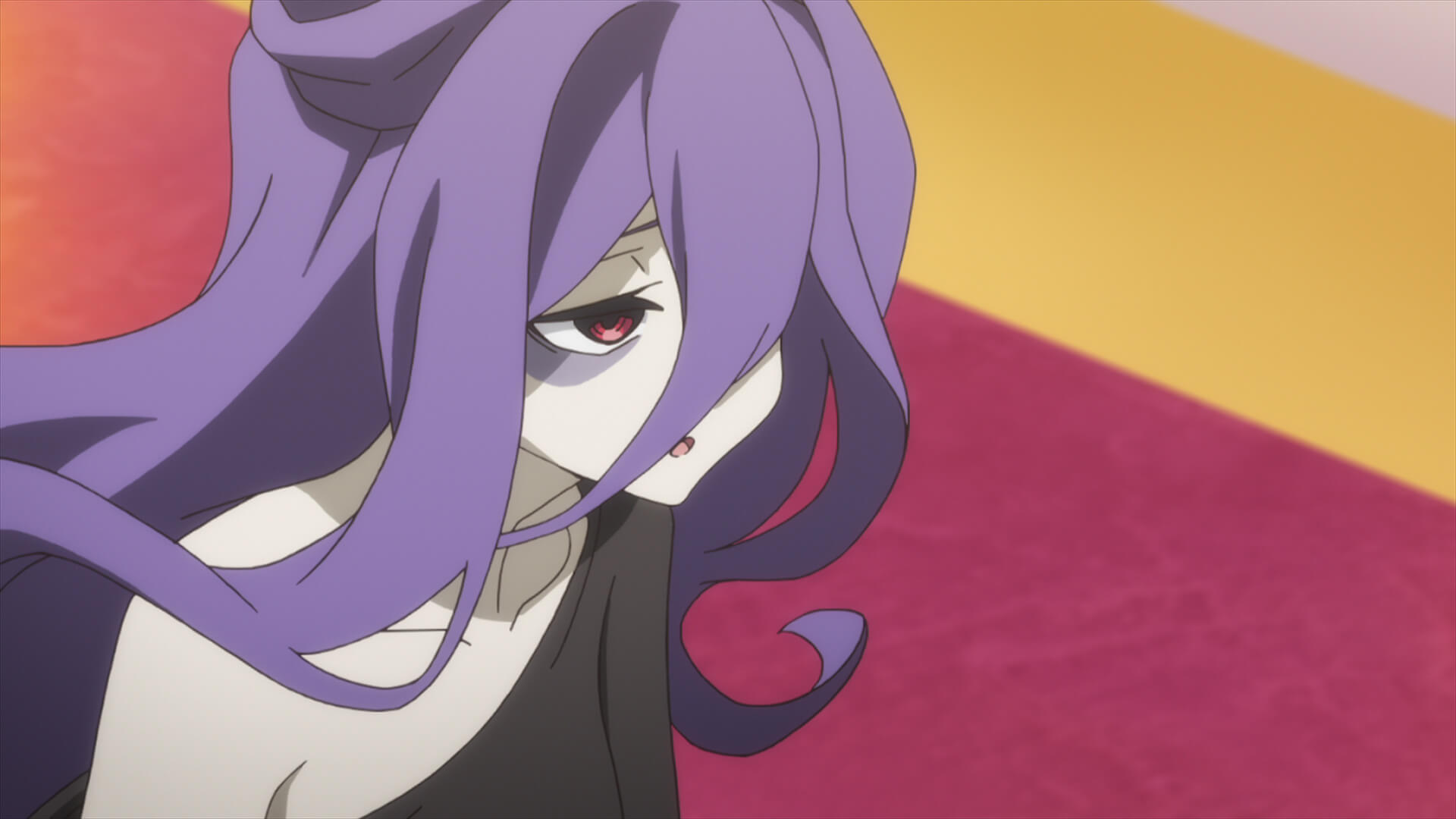
9. Mashle: Magic and Muscles
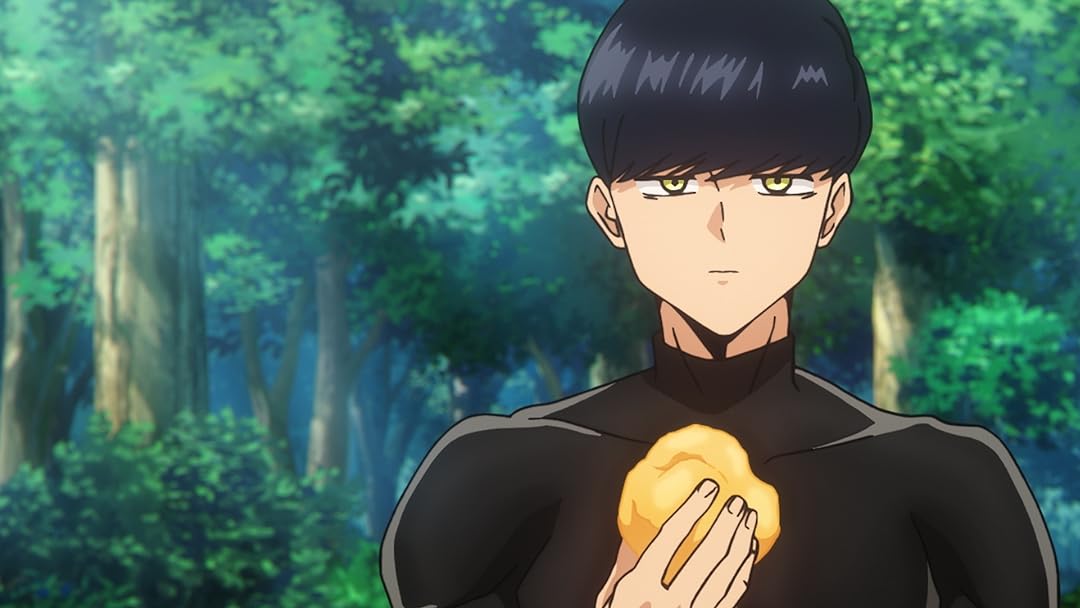
In contrast to most anime protagonists who are empowered by unique abilities, Mashle takes a different approach. In a world where one’s value is determined by their proficiency in magic, Mash finds himself without any magical abilities, forcing him to rely solely on rigorous physical training to survive.
Despite spending years on the sidelines, Mash transforms himself into a formidable force capable of feats that rival even the most skilled magic users. When he is thrust into a magic academy with the goal of becoming a Divine Visionary, Mash must confront disdainful adversaries who dismiss physical prowess in favor of magic.
Mashle: Magic and Muscles embodies two distinct themes. On one hand, it offers the allure of a traditional battle shonen, featuring a cast of endearing characters facing increasingly formidable foes. On the other hand, it serves as a parody of shonen tropes (and even nods to Harry Potter), with a protagonist who defies the norms of his universe with irreverent disregard. Mash’s irreverent antics not only entertain but also inspire, and his vulnerabilities add depth to his character, elevating him beyond mere comedic relief to a fully realized protagonist.
“Mashle: Magic and Muscles” is a Japanese manga series written and illustrated by Hajime Komoto. Serialized in Weekly Shōnen Jump since January 2020, the series has quickly gained popularity for its unique premise, comedic elements, and dynamic artwork. Mashle follows the story of Mash Burnedead, a young man born without magic in a world where magic is everything. Despite his lack of magical abilities, Mash possesses incredible physical strength, leading to hilarious and action-packed adventures.
Set in a world where magic reigns supreme, Mashle tells the story of Mash Burnedead, a young man with no magical powers. In a society where one’s worth is determined by their magical prowess, Mash is considered an outcast and faces discrimination from those around him. However, Mash’s lack of magic is compensated by his extraordinary physical strength, earning him the nickname “the Non-Magical Muscles.”
When Mash’s father is arrested by the magical authorities, he sets out on a journey to enroll in the Easton Magic Academy and become a Magic Scholar, the highest-ranking magician, in order to clear his father’s name. Along the way, Mash encounters a colorful cast of characters, including fellow students, rival magicians, and eccentric professors, as he navigates the challenges of academic life and magical duels.
At its core, Mashle is an underdog story that celebrates the triumph of the human spirit over adversity. Mash’s journey from an outcast to a hero is a testament to his determination, resilience, and unwavering belief in himself. Despite facing countless obstacles and powerful adversaries, Mash refuses to give up on his dreams and continues to defy the odds through sheer willpower and physical strength.
Mash’s quest to become a Magic Scholar is also a journey of self-discovery and identity. As he navigates the complexities of magical society and confronts his own limitations, Mash learns to embrace his unique strengths and forge his own path. The series explores themes of self-acceptance, individuality, and the importance of staying true to oneself, regardless of societal expectations.
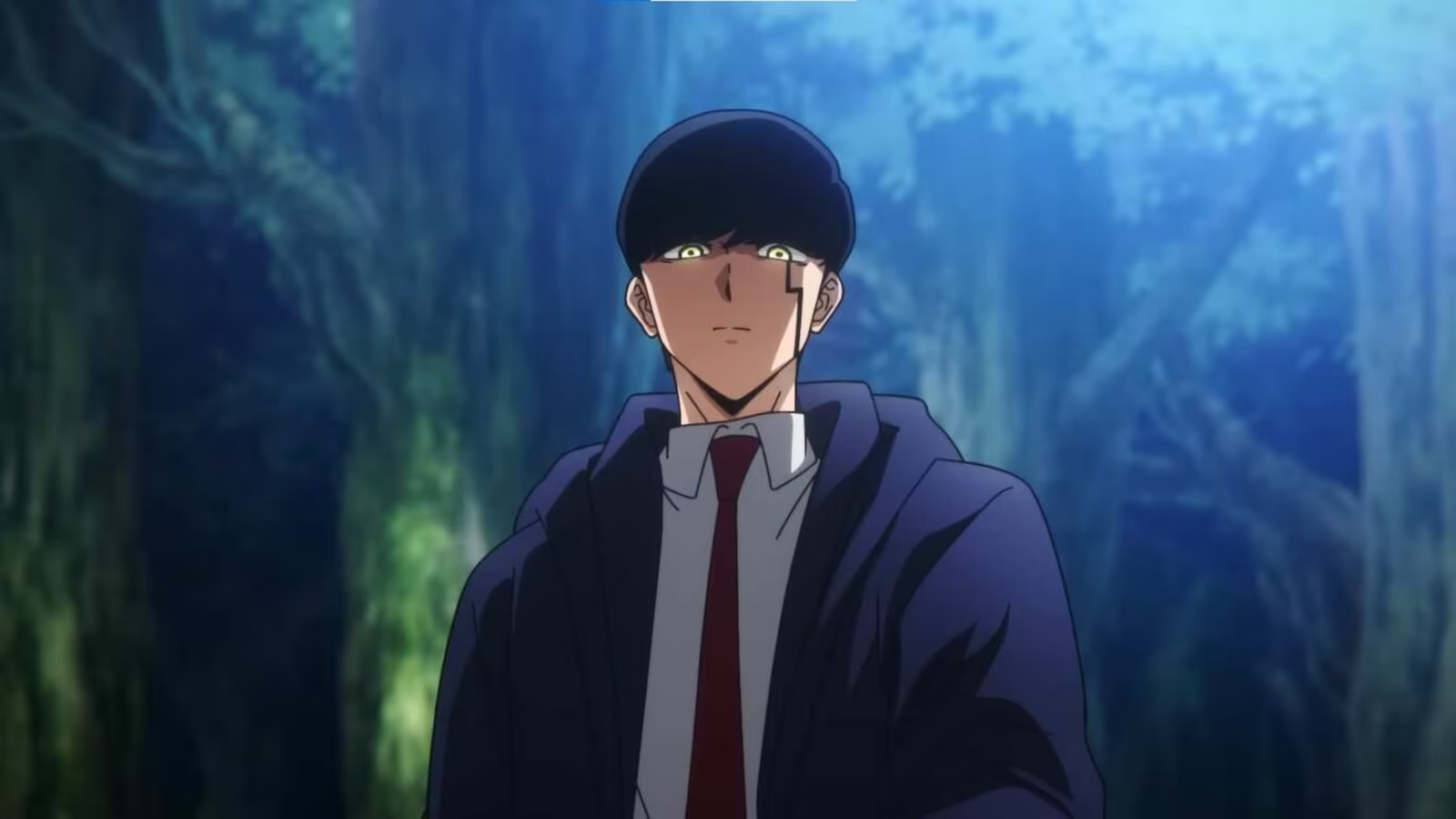
Throughout his journey, Mash forms close bonds with his fellow students and allies, who support him in his quest. The camaraderie between Mash and his friends adds depth to the story, highlighting the importance of friendship, loyalty, and mutual support. Together, they overcome challenges, share laughs, and grow stronger as a team, demonstrating the power of unity in the face of adversity.
Mashle playfully satirizes and parodies the conventions of the fantasy and magic genres. From its over-the-top magical spells to its eccentric characters and absurd situations, the series revels in its comedic absurdity while delivering thrilling action sequences and heartfelt moments. Mash’s unconventional approach to magic, relying on brute strength and physical prowess, subverts expectations and adds to the series’ humor and charm.
Mash is the protagonist of the series, a cheerful and determined young man with extraordinary physical strength. Despite being born without magic, Mash dreams of becoming a Magic Scholar to clear his father’s name. His kind-hearted nature, indomitable spirit, and penchant for getting into trouble make him a lovable and endearing character.
Lemon is Mash’s childhood friend and a talented magician with a mischievous streak. Despite their contrasting abilities, Lemon shares Mash’s dream of becoming a Magic Scholar and supports him in his quest. Her sharp wit, resourcefulness, and playful banter add humor and depth to their friendship.
Finn is Mash’s rival and one of the top students at the Easton Magic Academy. Despite their initial rivalry, Finn develops a grudging respect for Mash’s strength and determination. His strict demeanor and competitive nature provide a foil to Mash’s carefree personality, leading to entertaining and humorous interactions between the two.
Hajime Komoto’s artwork in Mashle is dynamic and expressive, with bold lines, exaggerated expressions, and energetic action sequences that bring the characters and world to life. His character designs are distinctive and memorable, with Mash’s muscular physique and Lemon’s playful demeanor standing out against the backdrop of magical academia. The series’ comedic timing and visual gags add to its charm, drawing readers into its whimsical and lighthearted world.
“Mashle: Magic and Muscles” has received positive reception from both fans and critics for its inventive premise, engaging characters, and humorous storytelling. The series’ blend of fantasy, comedy, and action has resonated with audiences, making it a popular addition to the Shōnen Jump lineup.
Critics have praised Mashle for its clever humor, dynamic artwork, and endearing characters. The series’ lighthearted tone and irreverent take on the magic genre have earned it a dedicated fanbase and widespread acclaim since its debut.
“Mashle: Magic and Muscles” is a delightful and entertaining manga that blends comedy, action, and fantasy into a charming and engaging story. Hajime Komoto’s imaginative storytelling, coupled with dynamic artwork and lovable characters, make Mashle a must-read for fans of Shōnen Jump manga.
Whether through its hilarious antics, thrilling magical duels, or heartfelt moments of friendship, Mashle invites readers to join Mash on his journey of self-discovery, redemption, and muscle-powered magic. As Mash continues to defy expectations and challenge the norms of magical society, he proves that true strength comes from within, and that even the impossible can be achieved with determination, courage, and a little bit of muscle.
8. So, I’m a Spider, So What?
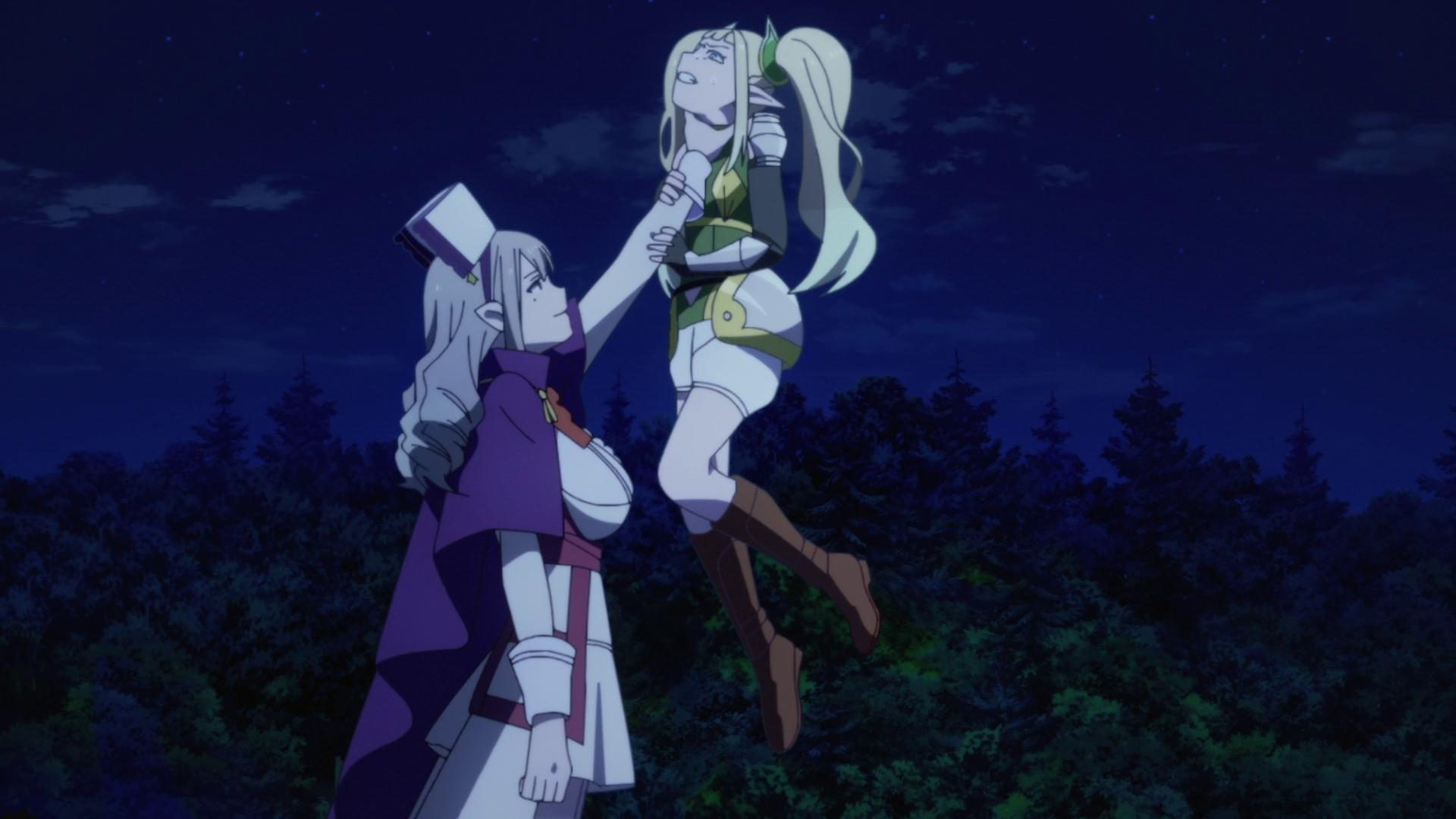
So, I’m a Spider, So What? introduces one of the most peculiar overpowered protagonists in anime: a spider. This series offers a unique take on the isekai genre, beginning with a climactic battle between a Hero and a Demon Lord that results in a powerful spell misfiring, transcending spacetime and inadvertently killing everyone in a school.
Among the reincarnated souls, high schooler Shiraori finds herself reincarnated as a lowly spider in a dungeon, a far cry from the better lives others received. Faced with the dungeon’s perilous hierarchy, Shiraori becomes a prime target for annihilation. However, she refuses to succumb to her fate and gradually evolves into an immensely powerful being, albeit with dire consequences.
So, I’m a Spider, So What? offers a fresh perspective on the isekai trope by featuring an unconventional protagonist and exploring the challenges and consequences of her newfound power.
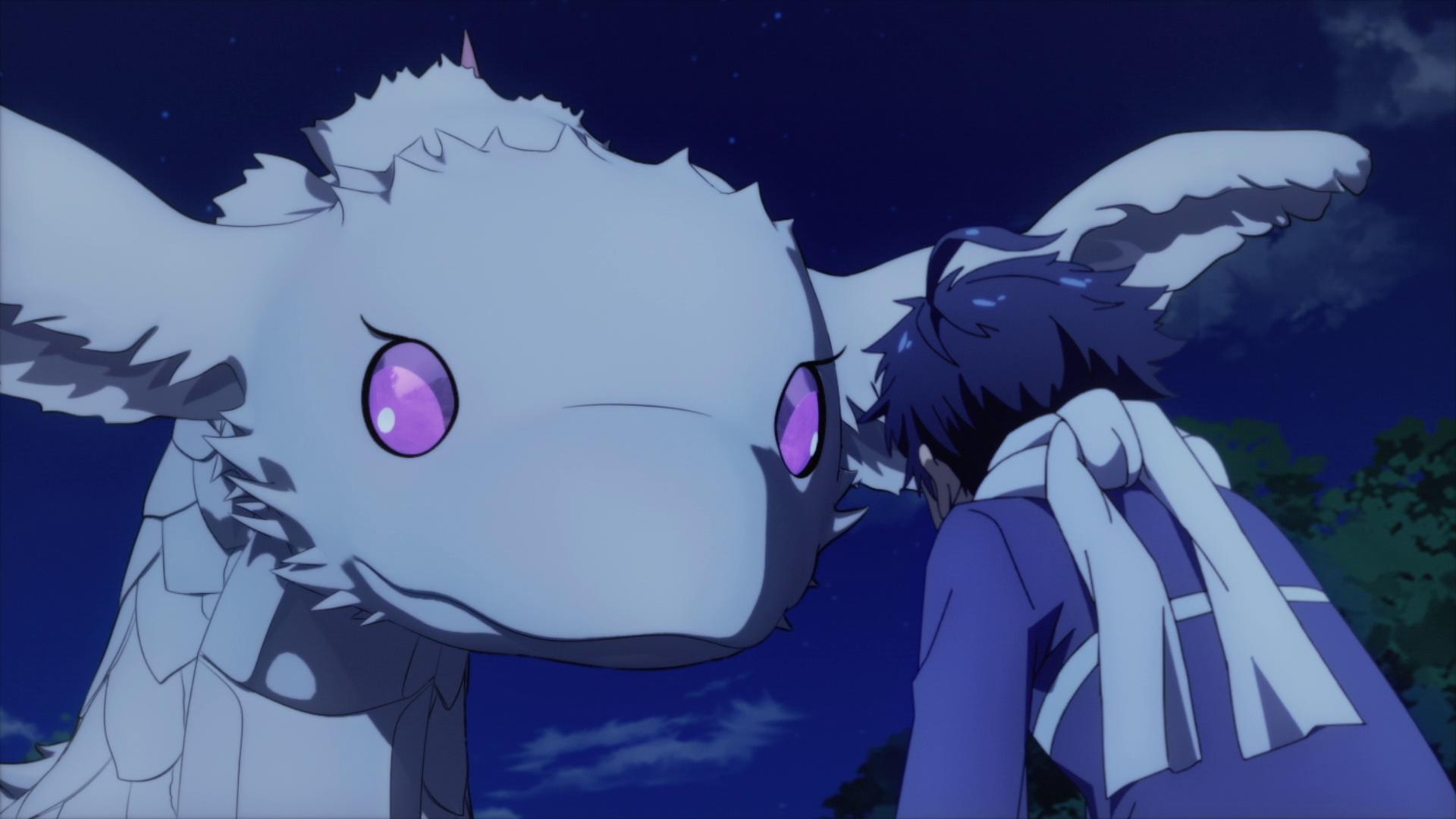
7. Trigun
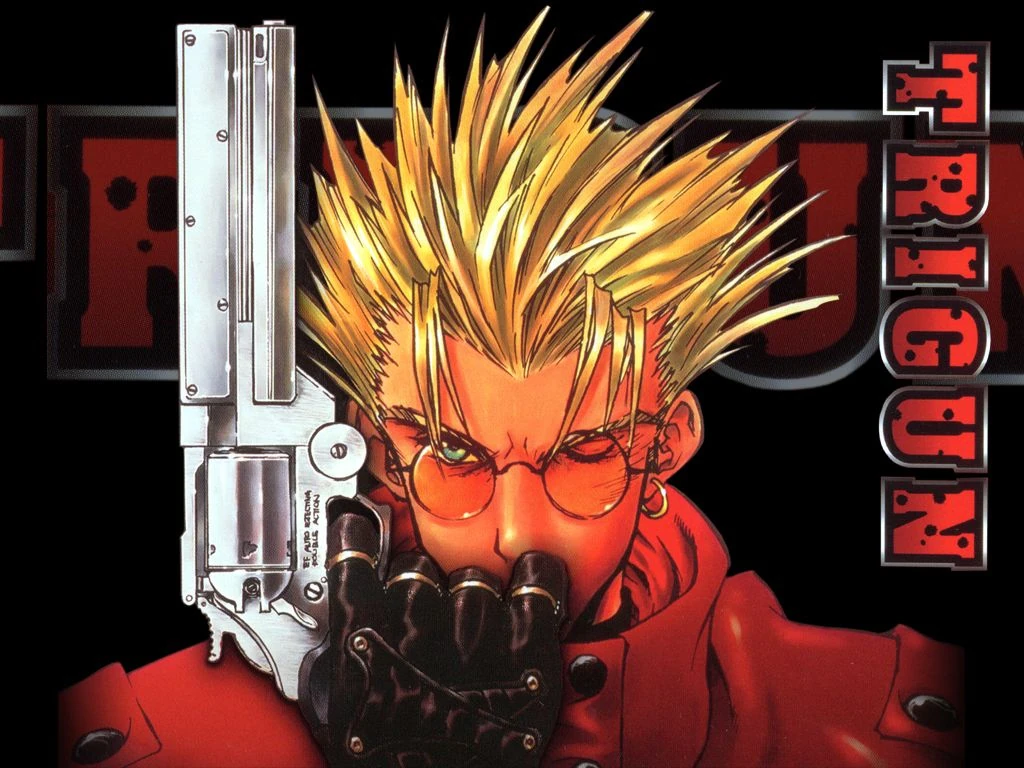
In the futuristic world of Trigun, the protagonist Vash the Stampede roams the desert planet of No Man’s Land in search of peace. However, his journey is constantly interrupted by individuals seeking to kill him. This is due to his notorious moniker, the Humanoid Typhoon, earned after he inadvertently destroyed a city with his immense supernatural abilities. With a staggering bounty of $60 billion on his head, Vash is relentlessly pursued by bounty hunters and assailants.
Despite the chaos that surrounds him, two insurance agents begin to realize that the destruction attributed to Vash is often caused by those seeking to claim the bounty on his head rather than by Vash himself. When pushed to his limits, Vash utilizes his extraordinary physical abilities and proficiency with firearms to defend himself against threats.
“Trigun” is a Japanese manga series written and illustrated by Yasuhiro Nightow. Serialized in the Monthly Shōnen Captain magazine from 1995 to 1997, the series gained widespread acclaim for its unique blend of science fiction, western, and action genres. Set in a post-apocalyptic desert wasteland, “Trigun” follows the adventures of Vash the Stampede, a legendary gunman with a mysterious past.
The story takes place on the planet Gunsmoke, a barren world ravaged by war and environmental decay. In this unforgiving surface, Vash the Stampede, also known as the “Humanoid Typhoon,” is a legendary figure feared for his destructive power and rumored to leave a trail of death and destruction in his wake.
However, the truth behind Vash’s legend is far more complex. Beneath his carefree and eccentric demeanor lies a man haunted by his past and burdened by a deep sense of guilt. As Vash travels across the desert, he encounters a diverse cast of characters, confronts powerful adversaries, and wrestles with moral dilemmas that test his resolve and principles.
Central to “Trigun” is the theme of redemption. Vash the Stampede, though feared as a dangerous outlaw, is ultimately driven by a desire to atone for his past sins and protect the innocent. As he navigates the harsh realities of the world and faces his own demons, Vash seeks redemption not only for himself but also for those he encounters along his journey.
The series explores complex moral questions and the consequences of one’s actions. Vash’s commitment to non-violence and his refusal to kill, even in self-defense, often put him at odds with those who seek to harm him. Through his encounters with both allies and adversaries, Vash grapples with the ethical implications of his choices and the impact they have on the world around him.
Vash’s quest for redemption is also a journey of self-discovery. As he confronts his past and struggles with his own nature, Vash learns valuable lessons about identity, purpose, and the power of forgiveness. The series goes into Vash’s inner turmoil and the psychological toll of his actions, exploring themes of guilt, trauma, and the search for meaning in a chaotic world.
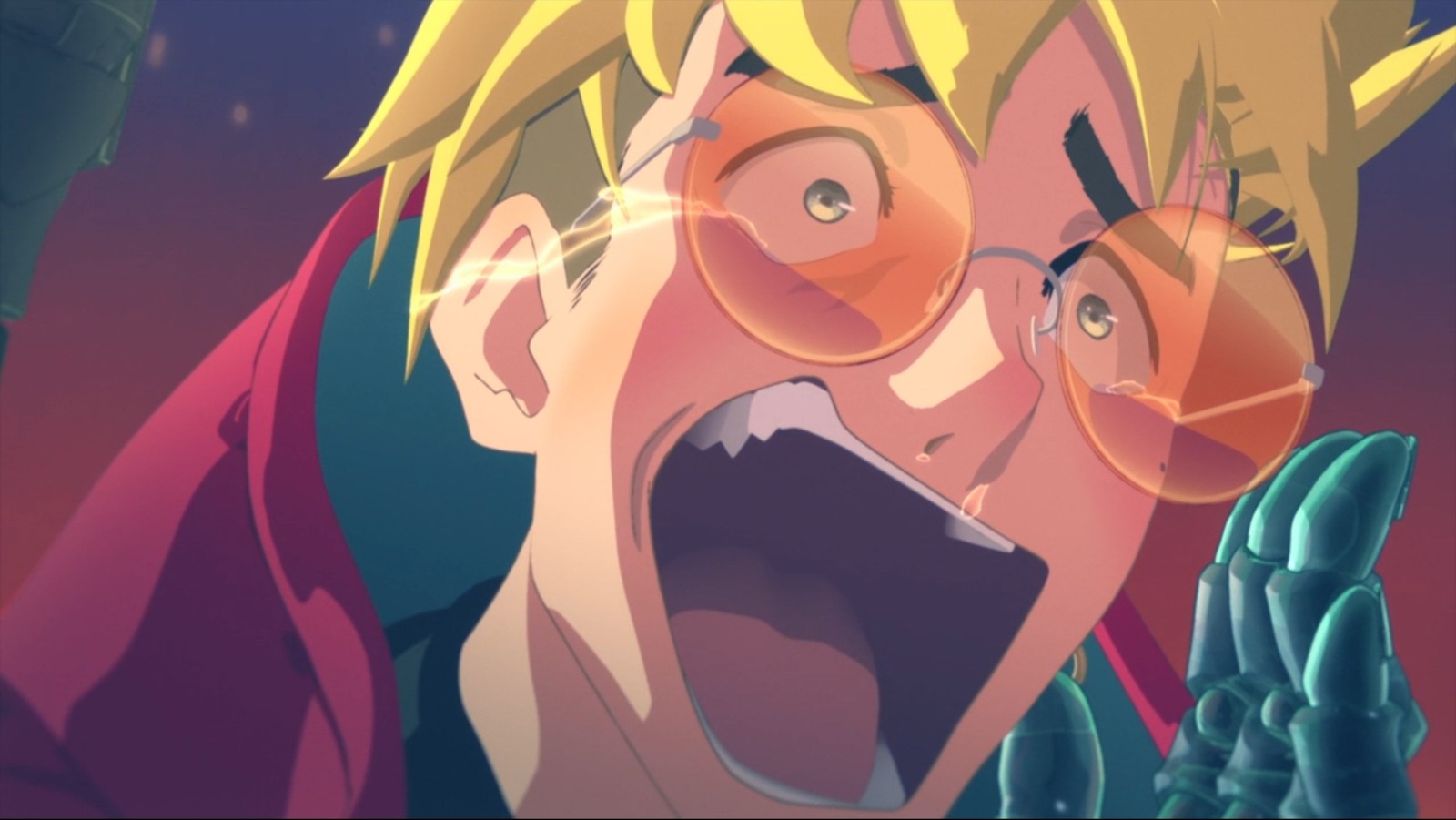
Despite the violence and hardship he faces, Vash remains steadfast in his belief in the inherent value of life. His compassion for others, even his enemies, sets him apart from the typical anti-hero archetype and underscores the series’ emphasis on empathy and understanding. Through his interactions with those he meets on his journey, Vash exemplifies the transformative power of compassion and the potential for redemption in even the darkest of circumstances.
Vash is the enigmatic protagonist of “Trigun,” known for his distinctive red coat, blond hair, and signature revolver. Beneath his cheerful and carefree facade lies a tortured soul burdened by guilt and regret. Despite his legendary status as a gunman, Vash is a pacifist at heart, striving to protect the innocent and uphold his principles of non-violence even in the face of overwhelming odds.
Wolfwood is a traveling priest and skilled gunman who becomes an ally of Vash. Despite his rough exterior and cynical outlook, Wolfwood shares Vash’s commitment to protecting the innocent and fighting against injustice. His complex relationship with Vash and his own moral struggles add depth to the narrative and provide a foil to Vash’s character.
Meryl and Milly are insurance agents tasked with tracking down Vash the Stampede. Initially skeptical of Vash’s intentions, they gradually come to see him as a hero and ally. Their journey alongside Vash exposes them to the harsh realities of the world and challenges their preconceived notions of right and wrong.
Yasuhiro Nightow’s artwork in the Trigun manga is dynamic and expressive, capturing the gritty and desolate atmosphere of the post-apocalyptic setting. His character designs are distinctive and memorable, with Vash’s iconic red coat and spiky blond hair becoming instantly recognizable symbols of the series. The anime adaptation, produced by Madhouse, brings Nightow’s illustrations to life with fluid animation, dynamic action sequences, and atmospheric music that enhances the mood and tone of the story.
“Trigun” has received widespread acclaim from both fans and critics for its compelling characters, thought-provoking themes, and stylish blend of action and drama. The series’ exploration of moral ambiguity and the human condition has resonated with audiences, making it a beloved classic in manga and anime.
Critics have praised “Trigun” for its intricate storytelling, memorable characters, and striking visual style. The series’ combination of western and science fiction elements, along with its themes of redemption and forgiveness, have earned it a dedicated fanbase and enduring popularity since its debut.
“Trigun” is a timeless classic that continues to entertain audiences with its gripping narrative, memorable characters, and thought-provoking themes. Yasuhiro Nightow’s imaginative storytelling, coupled with dynamic artwork and engaging action sequences, has made “Trigun” a beloved staple of the manga and anime world.
Whether through its manga, anime adaptation, or other media, “Trigun” invites audiences to go on an epic journey through a wild west space opera filled with danger, redemption, and the enduring power of the human spirit. As Vash the Stampede and his companions traverse the desolate wastelands of Gunsmoke, they confront their pasts, face their fears, and ultimately discover the true meaning of heroism and sacrifice.
6. Yu-Gi-Oh!
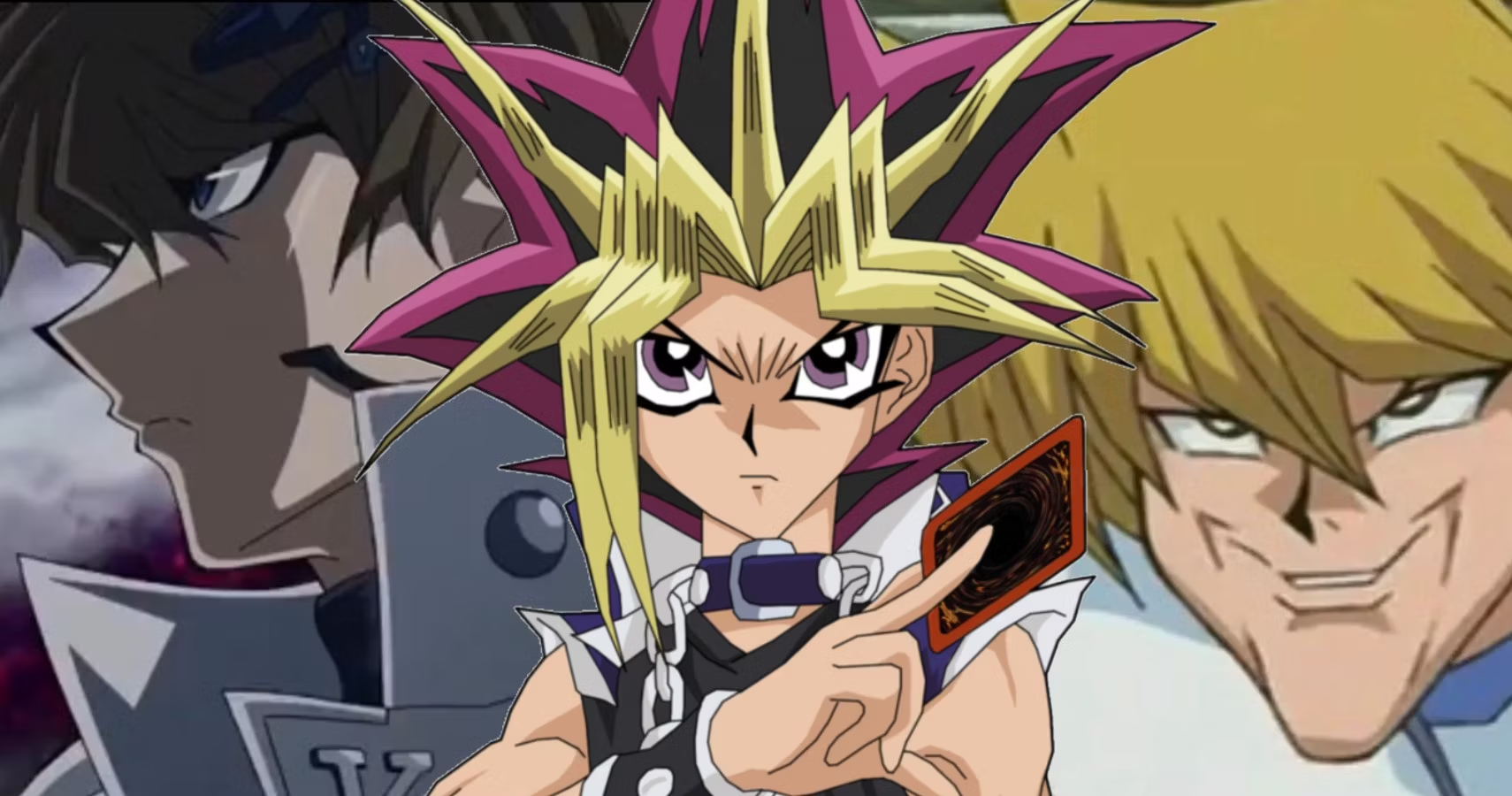
While Yu-Gi-Oh! may not boast the most intricate storyline, the satisfaction of watching Yugi Muto and his alter ego, Yami Yugi, consistently triumph over otherworldly threats through a children’s trading card game is undeniable. Whether it’s through strategic maneuvers based on the game’s rules or the enigmatic power of The Heart of the Cards, witnessing Yugi outmaneuver his opponents never fails to fascinate, even upon repeated viewings.
Yu-Gi-Oh!, iconic cards like the Dark Magician and Blue-Eyes White Dragon stand as symbols of the series’ enduring legacy, fascinating audiences with their timeless appeal.
What sets Yu-Gi-Oh! apart from other anime featuring OP protagonists is its embrace of simplicity. Yugi’s status as an overpowered character aligns seamlessly with the straightforward nature of the series.
“Yu-Gi-Oh!” is a Japanese manga series written and illustrated by Kazuki Takahashi. Serialized in Shueisha’s Weekly Shōnen Jump magazine from 1996 to 2004, the series has since become a cultural phenomenon, spawning multiple anime series, trading card games, video games, and merchandise. With its iconic characters, thrilling duels, and intricate lore, Yu-Gi-Oh! has captured the hearts of fans worldwide for over two decades.
The story follows Yugi Mutou, a timid and kind-hearted high school student with a passion for games. Yugi’s life changes forever when he solves the Millennium Puzzle, an ancient artifact that grants him the power of darkness and connects him with an ancient spirit named Yami Yugi. Together, they go on a journey filled with challenging duels, dangerous adversaries, and enduring friendships.
Central to the plot are the Duel Monsters card game, a strategic battle game played with magical cards, and the Shadow Games, high-stakes duels infused with ancient magic and supernatural powers. As Yugi and his friends face off against rival duelists and dark forces, they discover the true meaning of courage, friendship, and the power of the human spirit.
At its core, Yu-Gi-Oh! celebrates the power of friendship and the bonds that unite its characters. Yugi’s unwavering loyalty to his friends, as well as their mutual support and encouragement, are recurring motifs throughout the series. The camaraderie between characters like Yugi, Joey, Tea, and Tristan adds depth to the narrative and reinforces the idea that strength comes from unity.
Yugi’s journey is a quest for self-discovery and acceptance. As he grapples with the dual identity of Yami Yugi and confronts his own insecurities, Yugi learns to embrace his true self and find the courage to face his destiny. The series explores themes of identity, destiny, and the search for purpose, as Yugi and his friends navigate the challenges of adolescence and the mysteries of the Millennium Puzzle.
Many characters in Yu-Gi-Oh! are defined by their struggles and their quests for redemption. From rival duelists seeking to prove themselves to former villains seeking forgiveness, the series portrays characters grappling with their pasts and striving to overcome their flaws. Through themes of redemption and second chances, Yu-Gi-Oh! emphasizes the importance of growth, forgiveness, and the possibility of change.
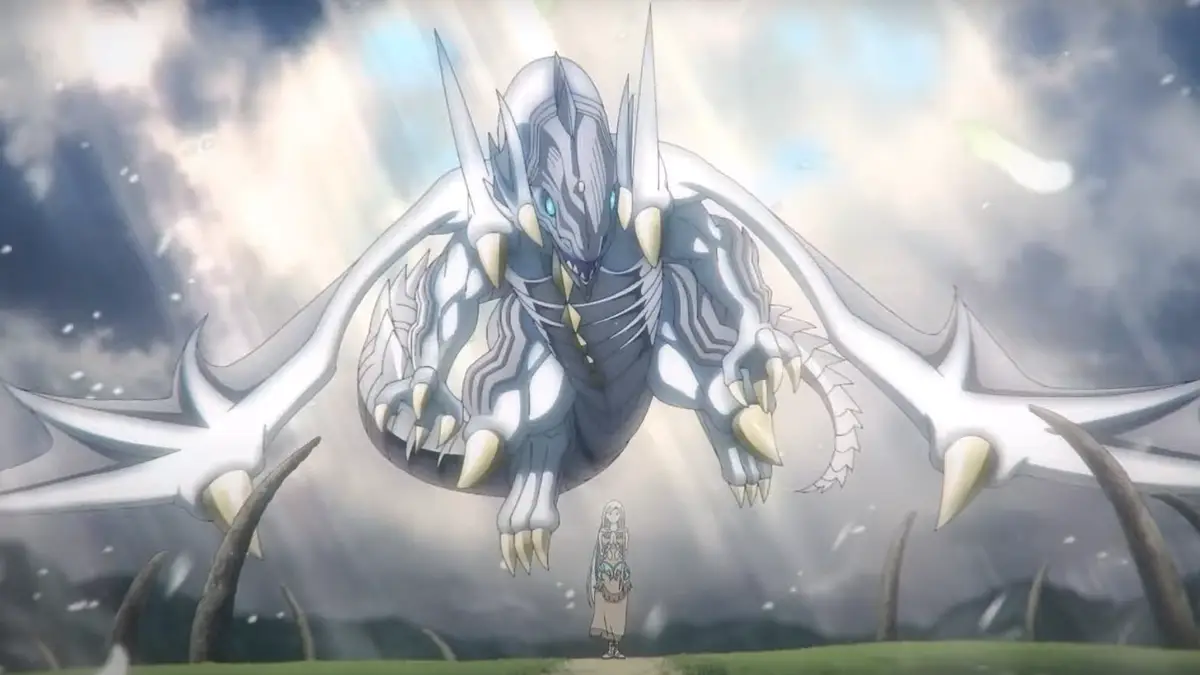
The duels in Yu-Gi-Oh! are not just battles of strategy and skill; they are tests of courage and determination. Yugi and his friends often find themselves facing overwhelming odds and powerful adversaries, but they never back down from a challenge. The series highlights the importance of perseverance, resolve, and the willingness to stand up for what is right, even in the face of adversity.
Yugi is the protagonist of the series, a kind-hearted and courageous young man with a passion for games. As the bearer of the Millennium Puzzle, Yugi shares a mystical bond with the ancient spirit Yami Yugi, who possesses incredible dueling skills and a fierce sense of justice. Together, they go on a journey of self-discovery and adventure, facing off against rivals and dark forces.
Joey is Yugi’s loyal best friend and rival duelist, known for his brash personality and fierce determination. Despite his rough exterior, Joey has a heart of gold and will do anything to protect his friends. His journey from a novice duelist to a skilled competitor mirrors his growth as a person, as he learns valuable lessons about courage, friendship, and self-belief.
Tea is Yugi’s childhood friend and a supportive member of their group. Though not a duelist herself, Tea provides emotional support and encouragement to her friends, serving as a moral compass and confidante. Her unwavering loyalty and compassion add depth to the ensemble cast and reinforce the themes of friendship and camaraderie.
Seto Kaiba is a rival duelist and CEO of KaibaCorp, a multinational gaming company. Known for his arrogance and ruthlessness, Kaiba is obsessed with defeating Yugi and proving himself as the greatest duelist in the world. Despite his antagonistic tendencies, Kaiba possesses a strong sense of honor and pride, and his rivalry with Yugi drives much of the series’ conflict.
Kazuki Takahashi’s artwork in the Yu-Gi-Oh! manga is dynamic and expressive, capturing the intensity and excitement of the duels with vivid detail. His character designs are iconic and instantly recognizable, from Yugi’s trademark hairstyle to the menacing visage of the series’ villains. The anime adaptation, produced by Studio Gallop, brings Takahashi’s illustrations to life with fluid animation, vibrant colors, and memorable soundtracks that enhance the dueling experience.
Yu-Gi-Oh! has left an indelible mark on popular culture, inspiring a passionate fanbase and a thriving community of players, collectors, and enthusiasts. The series’ trading card game, developed by Konami, has become one of the most popular collectible card games in the world, with millions of players competing in tournaments and events worldwide. Yu-Gi-Oh! merchandise, including toys, video games, and apparel, has enjoyed commercial success and cultural relevance for over two decades.
Critics have praised Yu-Gi-Oh! for its engaging storyline, memorable characters, and strategic dueling mechanics. The series’ emphasis on friendship, courage, and the power of the human spirit has resonated with audiences of all ages, making it a timeless classic in manga and anime.
Yu-Gi-Oh! is a legendary franchise that has entertained audiences worldwide with its thrilling duels, memorable characters, and timeless themes of friendship, courage, and determination. Kazuki Takahashi’s imaginative storytelling, coupled with dynamic artwork and engaging gameplay mechanics, has made Yu-Gi-Oh! a cultural phenomenon that continues to inspire and entertain fans of all ages.
Whether through its manga, anime, trading card game, or other media, Yu-Gi-Oh! invites audiences to go on an epic journey through the world of dueling and adventure, where the bonds of friendship and the power of the human spirit reign supreme.
5. The Irregular at Magic High School revolutionizes
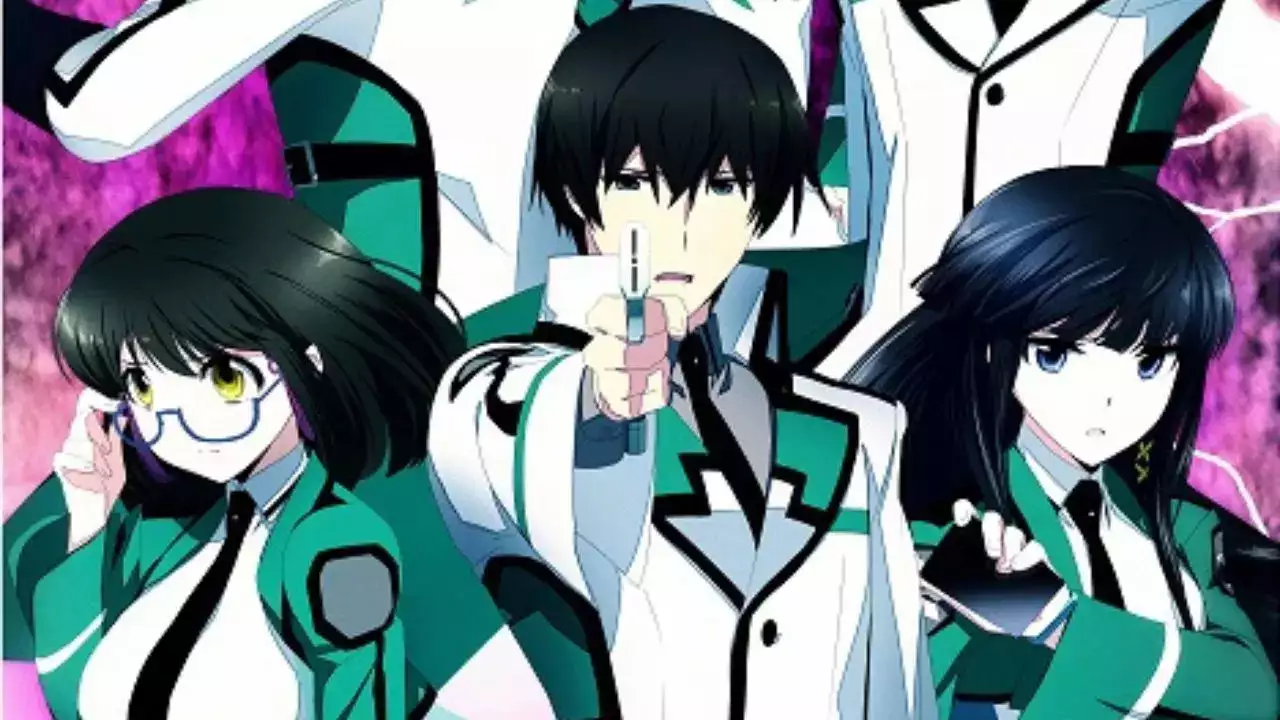
The Irregular at Magic High School revolutionizes the dynamics of modern fantasy anime by introducing a world where magic is studied scientifically. Within this framework, students with exceptional magical abilities are labeled as Blooms, while those who pass but lack remarkable talent are deemed Weeds.
However, the protagonist, Tatsuya Shiba, defies categorization. Despite his sibling Miyuki being recognized as a Bloom due to her remarkable magical prowess, Tatsuya’s own lack of magical abilities relegates him to the status of a Weed. Yet, what sets Tatsuya apart is his unparalleled knowledge of technical magic, which far surpasses that of many Blooms. This anomaly propels him into theirregularity at Magic High School, presenting both challenges and opportunities as the story unfolds.
The Irregular at Magic High School challenges conventional notions of magical aptitude and status, exploring themes of meritocracy and societal hierarchy. As Tatsuya navigates the complexities of his unique position, viewers are drawn into a world where intelligence and skill supersede traditional measures of magical ability.

4. Assassination Classroom
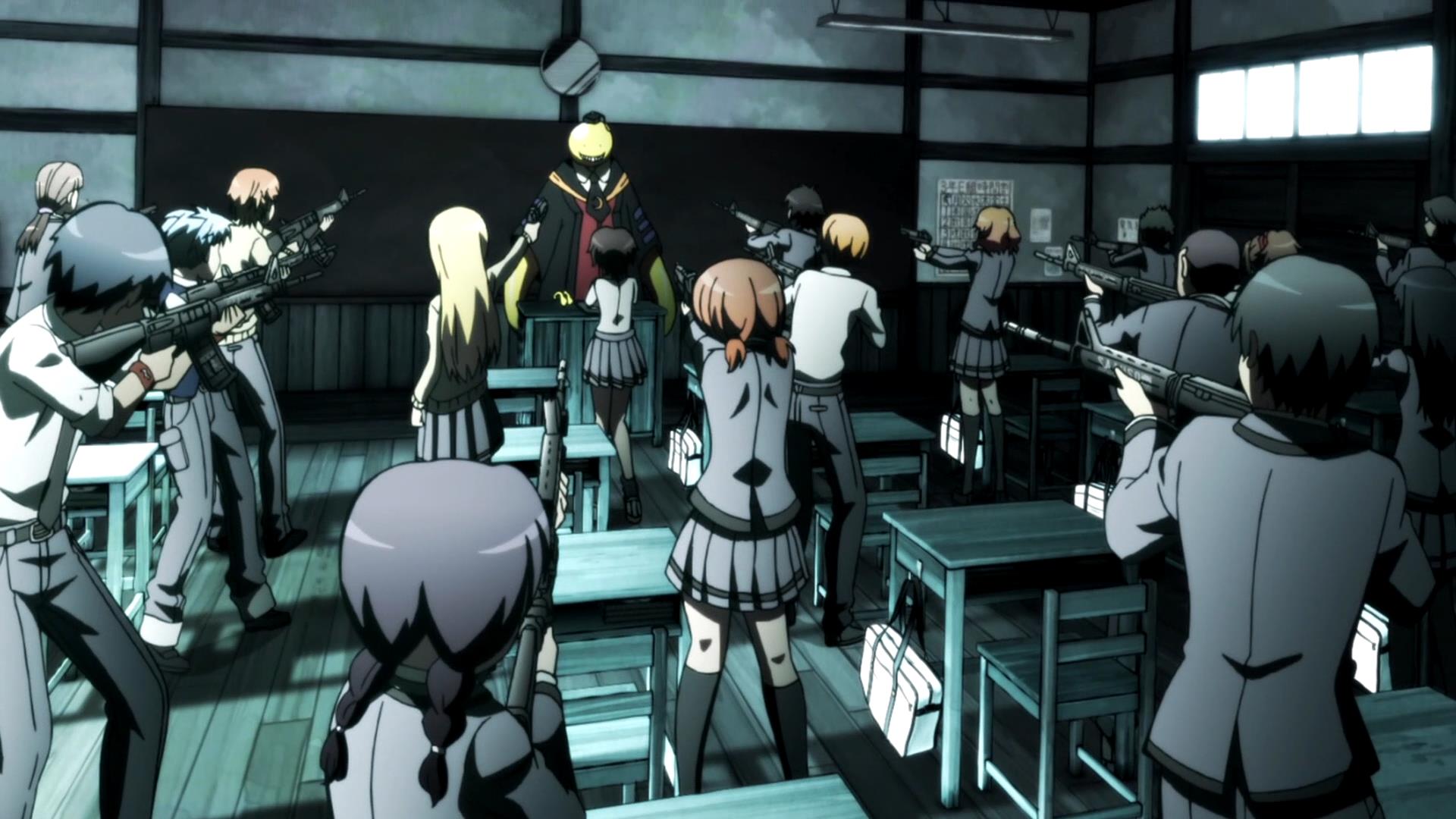
Class 3-E of Kunugigaoka Junior High initially appears to be a typical class of misfits. However, these seemingly ordinary youngsters find themselves thrust into an extraordinary situation: their homeroom teacher, Koro Sensei, is revealed to be an extraterrestrial yellow octopus with the ability to destroy the world. With the fate of humanity hanging in the balance, the class is tasked with finding a way to kill Koro Sensei before it’s too late.
Complicating matters is the fact that Koro Sensei appears to be indestructible. Despite the students’ earnest attempts at assassination using various methods, they repeatedly fail to eliminate him. To further challenge them, Koro Sensei himself offers guidance and support, advising them on how to improve their assassination techniques.
“Assassination Classroom” is a Japanese manga series written and illustrated by Yūsei Matsui. Serialized in Weekly Shōnen Jump from 2012 to 2016, the series quickly gained popularity for its unique premise, engaging characters, and blend of comedy, action, and emotional depth. It has since been adapted into an anime series, live-action films, and various other media.
The story is set in Kunugigaoka Junior High School’s Class 3-E, a group of underachieving students who are tasked with a daunting mission: assassinate their teacher before he destroys the Earth. This teacher, known as Koro-sensei, is a powerful, octopus-like creature who has already destroyed a significant portion of the moon and threatens to do the same to Earth within a year.
Despite their initial reluctance, the students of Class 3-E soon bond with Koro-sensei and come to see him as a mentor and friend. Under his guidance, they not only improve academically but also develop their assassination skills in hopes of one day defeating him. Along the way, they face various challenges, form lasting friendships, and learn valuable life lessons.
One of the central themes of Assassination Classroom is redemption. Many of the students in Class 3-E are considered outcasts or failures by society, but Koro-sensei believes in their potential and gives them a second chance. Through his guidance and encouragement, the students learn to overcome their insecurities and strive for self-improvement.
The bonds formed between the students of Class 3-E are a key aspect of the series. Despite their diverse backgrounds and personalities, they come together as a team to achieve their common goal. The importance of friendship, trust, and mutual support is a recurring motif throughout the story, as the students learn to rely on each other and work together to overcome obstacles.
Assassination Classroom explores complex ethical dilemmas, particularly regarding the students’ mission to assassinate Koro-sensei. While they initially see him as an enemy, they gradually come to understand his motivations and the moral ambiguity of their task. The series raises questions about the nature of justice, sacrifice, and the value of life, challenging both the characters and the audience to consider the consequences of their actions.
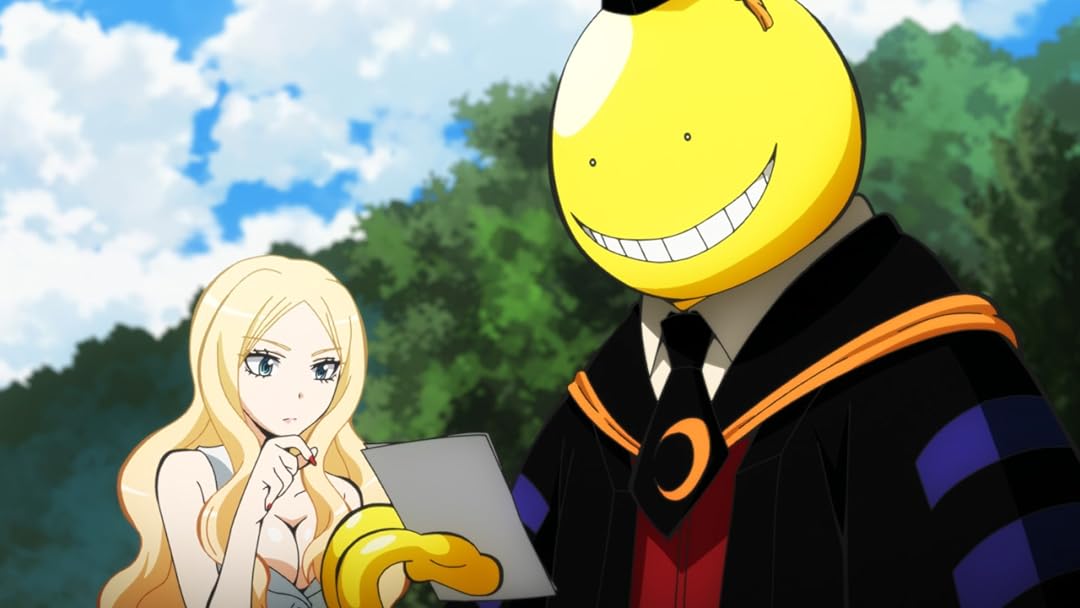
The relationship between Koro-sensei and his students is at the heart of the series. Despite his seemingly villainous nature, Koro-sensei genuinely cares for his students’ well-being and goes to great lengths to support and encourage them. His unconventional teaching methods and unwavering belief in his students’ potential inspire them to grow and strive for greatness.
Koro-sensei is the enigmatic and eccentric teacher of Class 3-E. Despite his formidable powers and destructive capabilities, he is portrayed as a caring and compassionate mentor to his students. His cheerful demeanor and quirky personality make him a beloved and memorable character, and his complex backstory adds depth to his character.
Nagisa is the protagonist of Assassination Classroom, known for his calm demeanor and keen observational skills. Despite his initially timid nature, Nagisa proves to be a capable and resourceful student, earning the respect of his peers and teachers. His growth throughout the series, both as an assassin and as a person, is a central focus of the narrative.
Karma is a rebellious and hot-headed student who excels in combat and strategy. Despite his delinquent behavior, Karma possesses a sharp intellect and a strong sense of loyalty to his classmates. His dynamic and often humorous interactions with Koro-sensei provide comic relief and add depth to his character.
Kayano is a cheerful and optimistic student who harbors a dark secret. Her journey of self-discovery and personal growth is a prominent subplot in the series, as she confronts her past traumas and learns to accept herself for who she is.
The artwork in Assassination Classroom is distinctive and expressive, capturing the dynamic action sequences and emotional moments with flair. Yūsei Matsui’s character designs are diverse and memorable, with each student of Class 3-E having their own unique appearance and personality. The anime adaptation, produced by Lerche, faithfully adapts the manga’s art style while adding fluid animation and vibrant colors to bring the world of Assassination Classroom to life.
Assassination Classroom has received widespread acclaim from both fans and critics for its engaging story, well-developed characters, and thought-provoking themes. The series’ unique blend of comedy, action, and emotional depth has resonated with audiences of all ages, making it one of the most beloved manga and anime series of recent years.
Critics have praised Assassination Classroom for its strong character development, intricate plot twists, and moral complexity. The series’ exploration of themes such as friendship, redemption, and the value of life has sparked meaningful discussions among fans, cementing its status as a modern classic in manga and anime.
Assassination Classroom is an entertaining and emotionally resonant series that deftly combines comedy, action, and drama to create a compelling narrative. Yūsei Matsui’s imaginative storytelling, coupled with dynamic artwork and memorable characters, makes for an unforgettable reading and viewing experience. Whether through its manga, anime, or other adaptations, Assassination Classroom invites audiences to laugh, cry, and reflect on the complexities of life, friendship, and the pursuit of redemption.
3. The Misfit of Demon King Academy
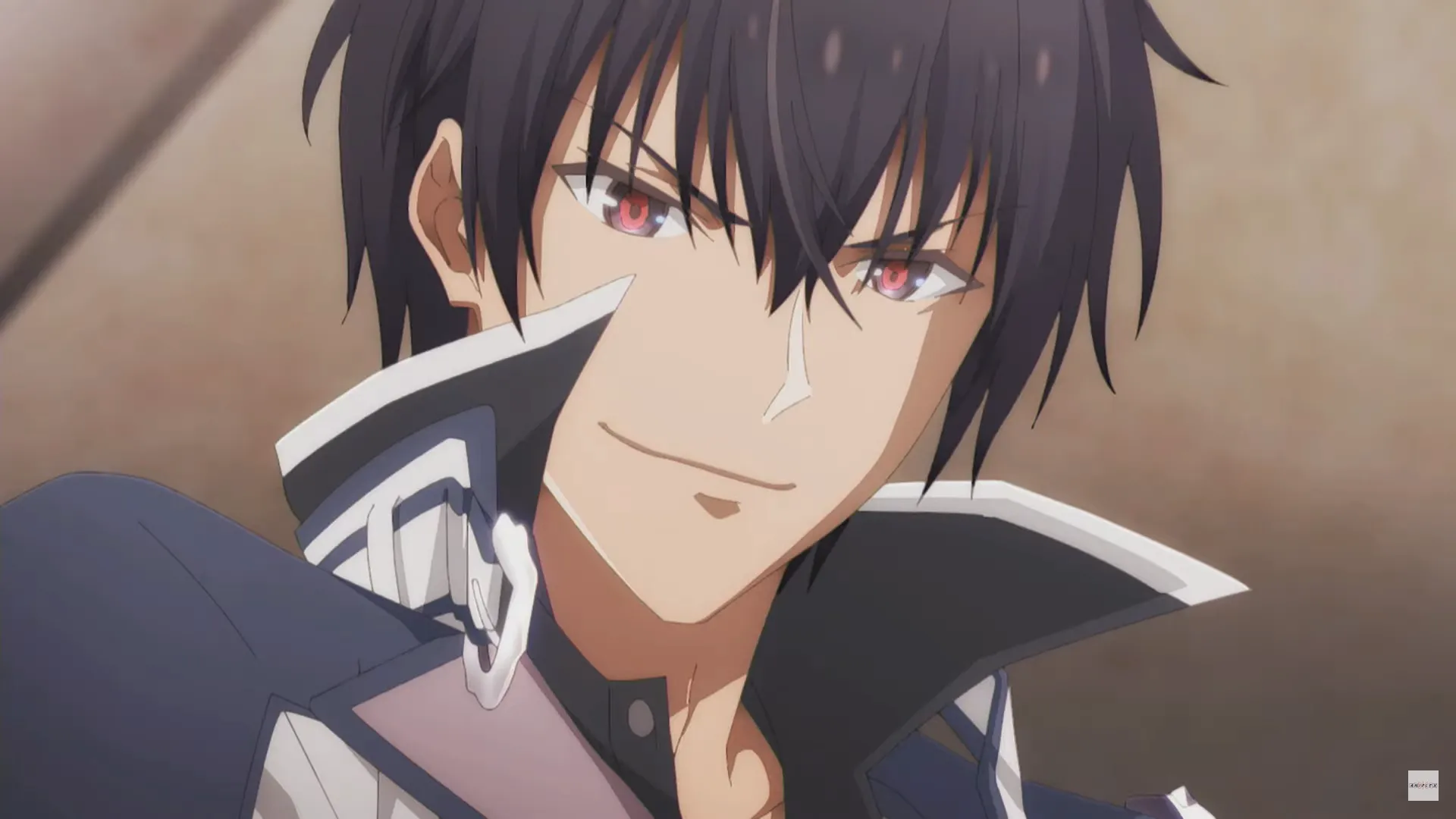
In The Misfit of Demon King Academy, Anos Voldigoad enters the Demon King Academy during the Magical Age, where his unconventional behavior earns him the reputation of a misfit. However, what his peers don’t realize is that Anos is actually the reincarnation of the legendary Demon King of Tyranny himself. Determined to restore his former power, Anos keeps his true identity hidden as he strives to surpass his weakened descendants.
Anos’s journey to reclaim his power proves successful, as he consistently outshines his peers in the use of source-based magic. As the wielder of the Source of Destruction, Anos possesses extraordinary magical abilities that transcend the limitations of his physical body. His magic grows stronger as he nears death, allowing him to push past his weaker form with ease.
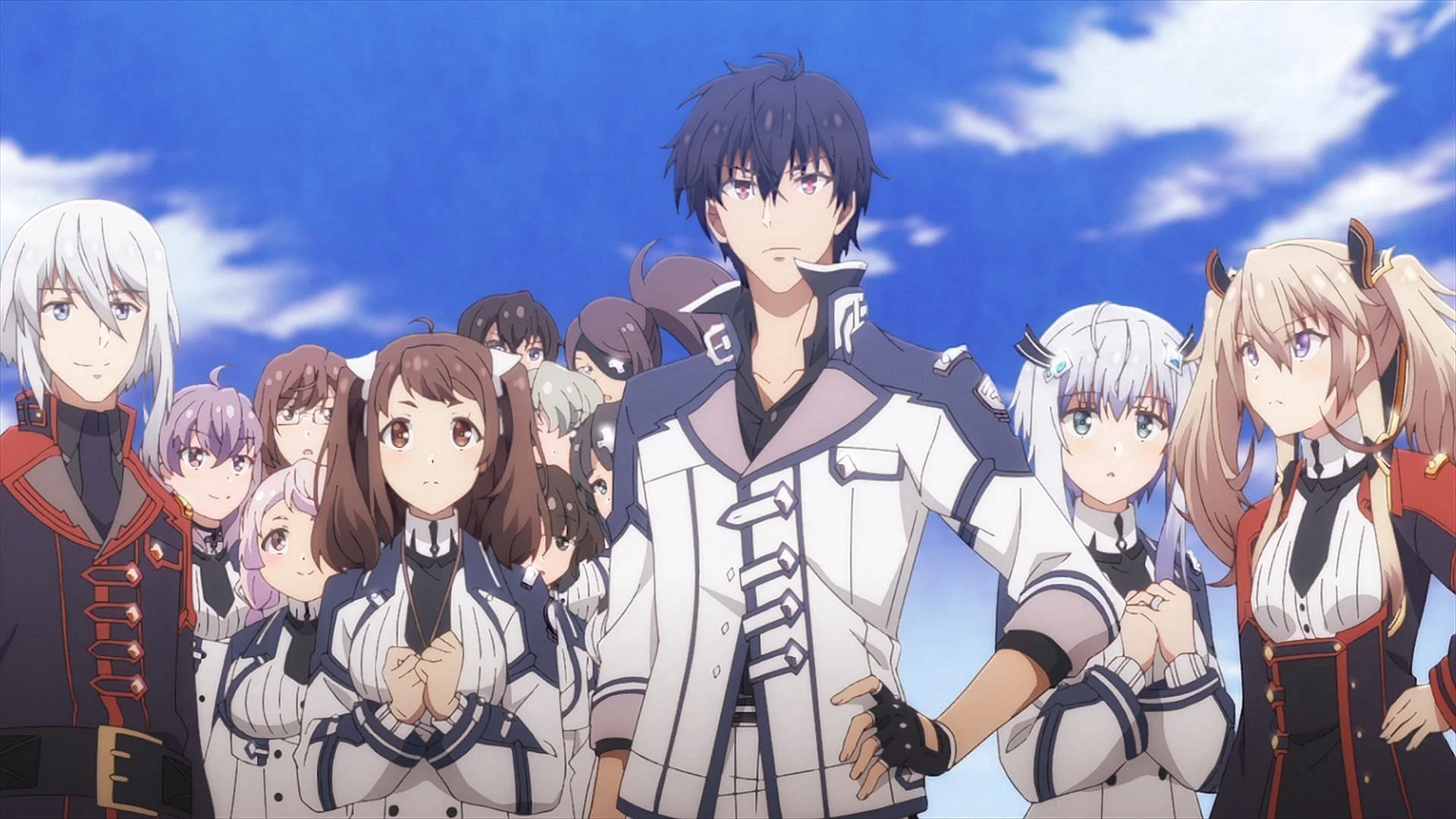
2. Overlord
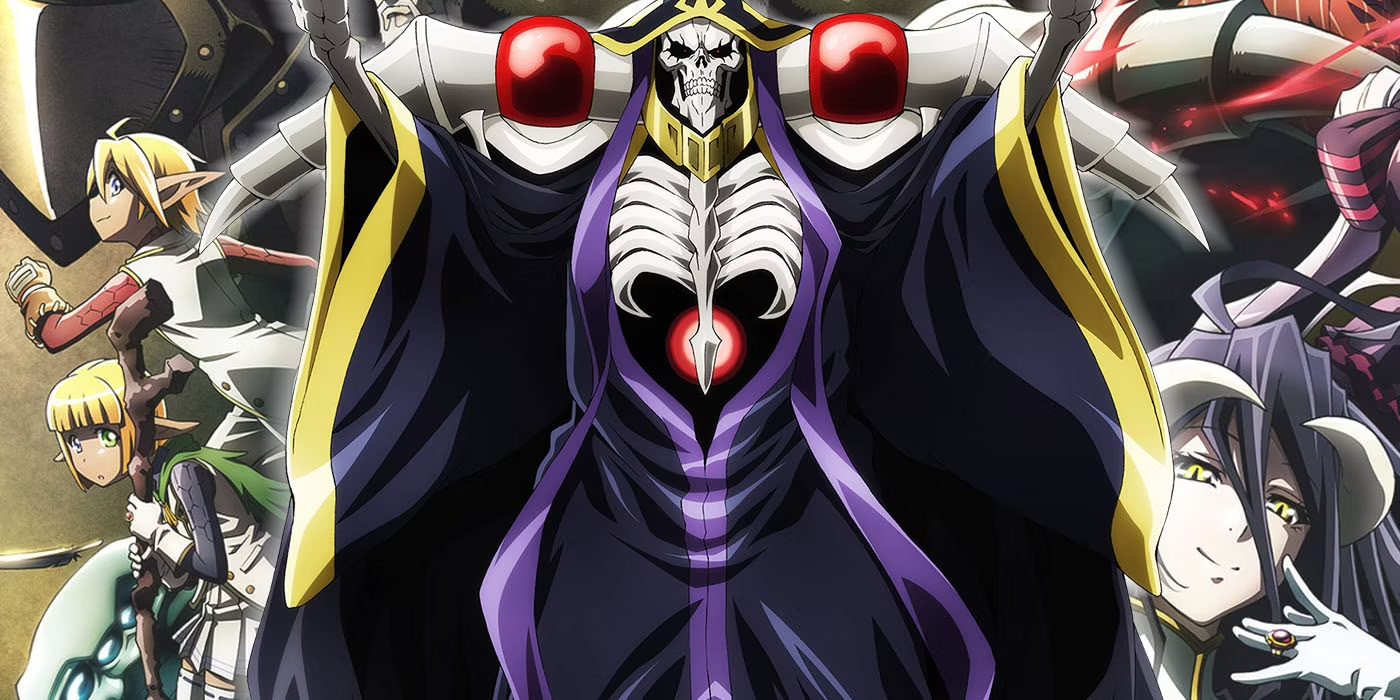
In Overlord, the isekai genre takes a unique twist by casting a villain as the protagonist, with whom the audience is meant to sympathize. The series follows Momonga, also known as Ainz Ooal Gown, a powerful wizard and leader of the renowned guild of the same name in the VR MMO Yggdrasil.
However, Momonga’s life takes an unexpected turn when he finds himself trapped in a world that closely resembles the game just as its servers are about to shut down. To his surprise, Momonga retains all his powers from the game, and he is accompanied by powerful NPCs who have developed their own distinct personalities.
With his vast array of magical abilities and a loyal cadre of NPCs and items at his command, Momonga emerges as the most formidable figure in this new universe. His subordinates, in particular, stand head and shoulders above the rest of the inhabitants.
1. The Eminence in Shadow

The Eminence in Shadow takes the trope of the overpowered isekai protagonist to its extreme endpoint with its protagonist, Cid. Self-aware yet utterly oblivious, Cid is the shadow pulling the strings of society, a role he has longed to fulfill since before his reincarnation in a new world. Supported by the formidable organization known as Shadow Garden, filled with devoted women willing to do anything for their leader, Cid’s strength is nearly incomprehensible – he exists in a state akin to god mode.
The Eminence in Shadow seamlessly blends action and comedy, with the latter often influencing the former. Much of the series revolves around Cid’s belief that Shadow Garden’s members are merely humoring him, despite the outlandish events that occur. However, Cid’s overwhelming power allows him to comfortably embrace any falsehood he desires, adding to the humor and absurdity of the story.
“The Eminence in Shadow” (Kage no Jitsuryokusha ni Naritakute!) is a Japanese light novel series written by Daisuke Aizawa and illustrated by Touzai. First serialized online in 2018, the series was later published by Kadokawa Shoten under their Kadokawa Books imprint. “The Eminence in Shadow” stands out in the isekai genre for its unique premise, blending elements of fantasy, comedy, and adventure into an engaging and entertaining narrative.
The story follows Cid Kagenou, a young boy who becomes obsessed with the idea of becoming a shadowy mastermind, orchestrating events behind the scenes like the protagonists of his favorite novels, manga, and anime. Despite living in a mundane world without magic or monsters, Cid dreams of creating his own secret organization and becoming the “eminence in shadow.”
Through a series of fortunate (and sometimes not-so-fortunate) events, Cid gains knowledge, skills, and followers, eventually forming his own secret society known as the Shadow Garden. With his loyal followers at his side, Cid goes on various missions and adventures, all while maintaining his carefully crafted persona as the mysterious and enigmatic “Shadow Hero.”
At its core, “The Eminence in Shadow” explores the power of escapism and the allure of fantasy. Cid’s obsession with fictional stories leads him to create his own fantasy world, where he can become the hero of his own adventure. The series celebrates the joy of imagination and the ability of stories to inspire and empower individuals.
Cid’s journey to become the “eminence in shadow” is also a journey of self-discovery. As he navigates the challenges of leading his secret society and facing off against rivals, Cid learns more about himself and his own capabilities. The series goes into themes of identity, ambition, and the importance of staying true to oneself.
“The Eminence in Shadow” is not afraid to poke fun at the tropes and conventions of the isekai and fantasy genres. Cid’s over-the-top antics and the absurdity of his plans often result in humorous and entertaining situations. The series playfully deconstructs the idea of the all-knowing, all-powerful mastermind, highlighting the absurdity of such fantasies while also embracing their escapist appeal.

Despite Cid’s desire to be alone mastermind, he gradually forms close bonds with his followers and allies. The camaraderie and loyalty of the Shadow Garden members add depth to the story, showcasing the importance of friendship and teamwork in achieving one’s goals. The series explores the dynamics of these relationships, from comedic misunderstandings to heartfelt moments of support and encouragement.
The protagonist, Cid, is a charismatic and eccentric young boy with a penchant for dramatics. His obsession with becoming the “eminence in shadow” drives the plot forward, as he schemes and strategizes his way through various challenges. Despite his grandiose ambitions, Cid’s genuine enthusiasm and determination make him a likable and endearing character.
Iris is Cid’s childhood friend and one of the first members of the Shadow Garden. Her unwavering support for Cid, coupled with her own unique skills and abilities, makes her a valuable ally. Iris’s friendship with Cid provides emotional depth to the story, as she stands by him through thick and thin.
Nino is a mysterious girl with extraordinary powers who joins the Shadow Garden. Her enigmatic personality and formidable abilities add intrigue to the group dynamic. Nino’s past and her connection to Cid’s goals are central to the overarching plot, as her presence raises questions about the true nature of their world.
Trevor is a loyal follower of Cid and an expert in combat and strategy. His unwavering loyalty and dedication to Cid’s cause make him an invaluable asset to the Shadow Garden. Trevor’s interactions with Cid highlight themes of friendship and loyalty, as he stands by Cid’s side through every scheme and adventure.
The illustrations by Touzai complement the whimsical and lighthearted tone of the series. The character designs are expressive and vibrant, capturing the personalities of each character with charm and humor. The artwork effectively conveys the comedic and adventurous nature of the story, enhancing the reader’s immersion in Cid’s fantastical world.
“The Eminence in Shadow” has garnered a dedicated fanbase and positive reception for its unique premise, engaging characters, and humorous storytelling. The series’ playful approach to fantasy and isekai tropes has resonated with audiences, offering a refreshing take on familiar themes. While it may not take itself too seriously, “The Eminence in Shadow” provides an entertaining and enjoyable read that celebrates the joy of imagination and the power of friendship.
“The Eminence in Shadow” is a delightful and entertaining addition to the isekai genre, offering a whimsical and humorous take on the classic fantasy adventure. Daisuke Aizawa’s imaginative storytelling, combined with Touzai’s expressive illustrations, creates a world that is both charming and engaging.
The series’ celebration of escapism, friendship, and self-discovery makes it a compelling read for fans of fantasy and comedy alike. Whether through its light novels or manga adaptation, “The Eminence in Shadow” invites readers to embrace their inner hero and go on an adventure filled with laughter, camaraderie, and the thrill of imagination.

